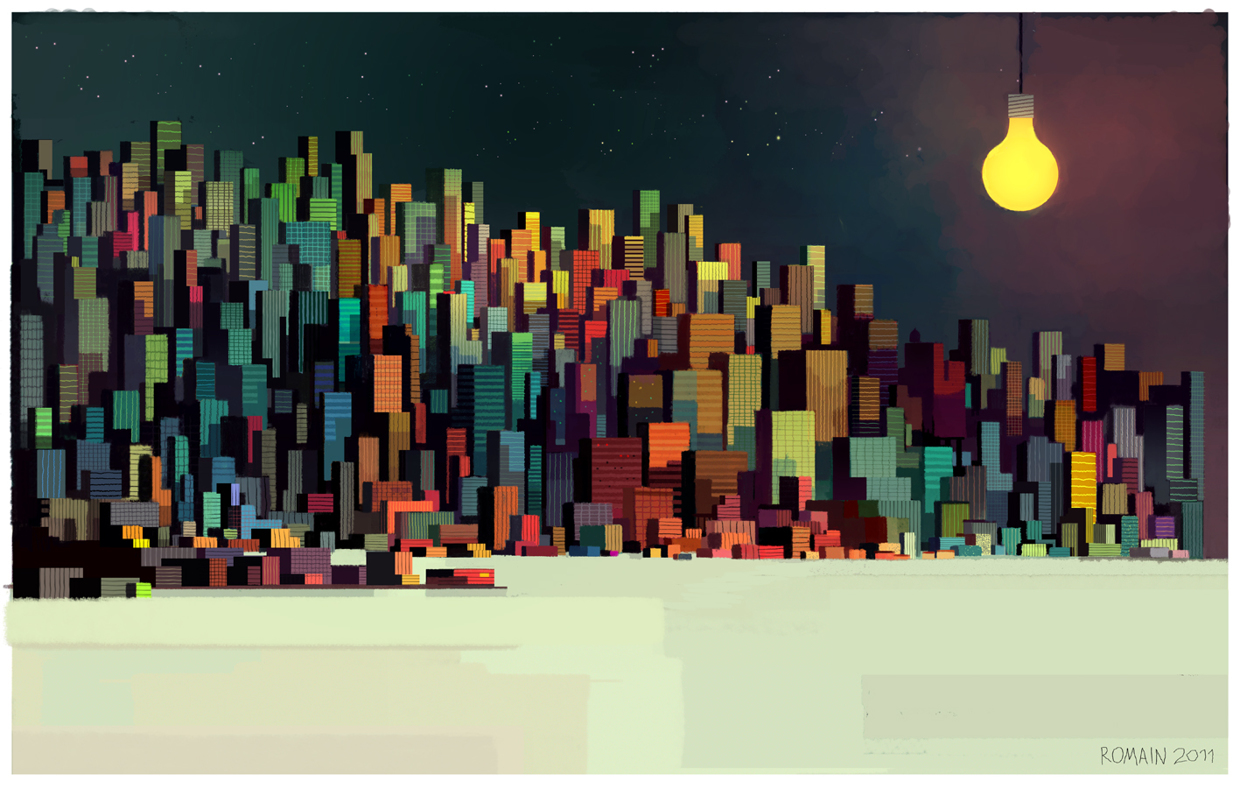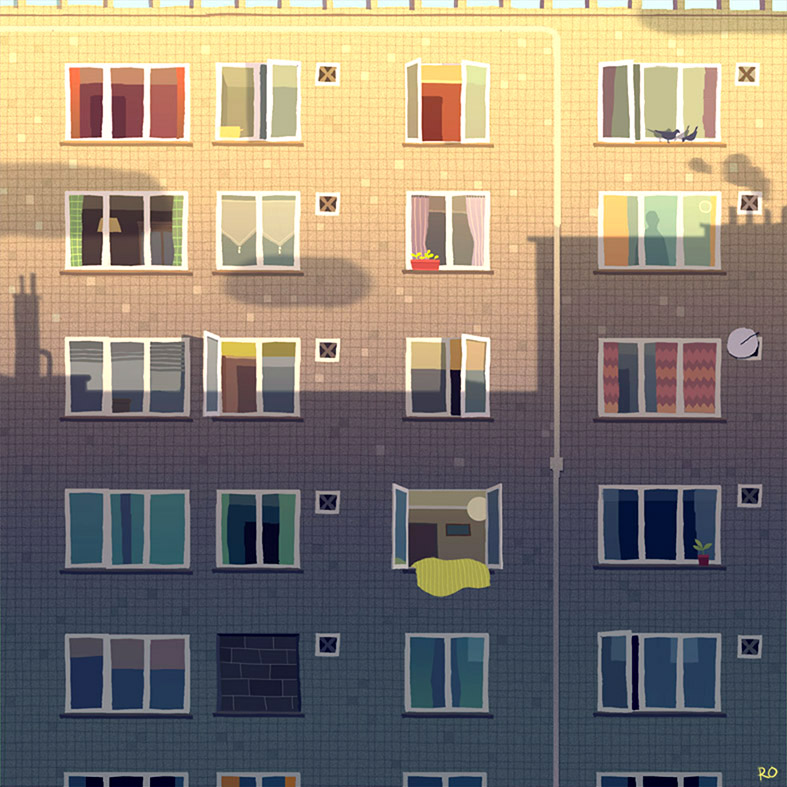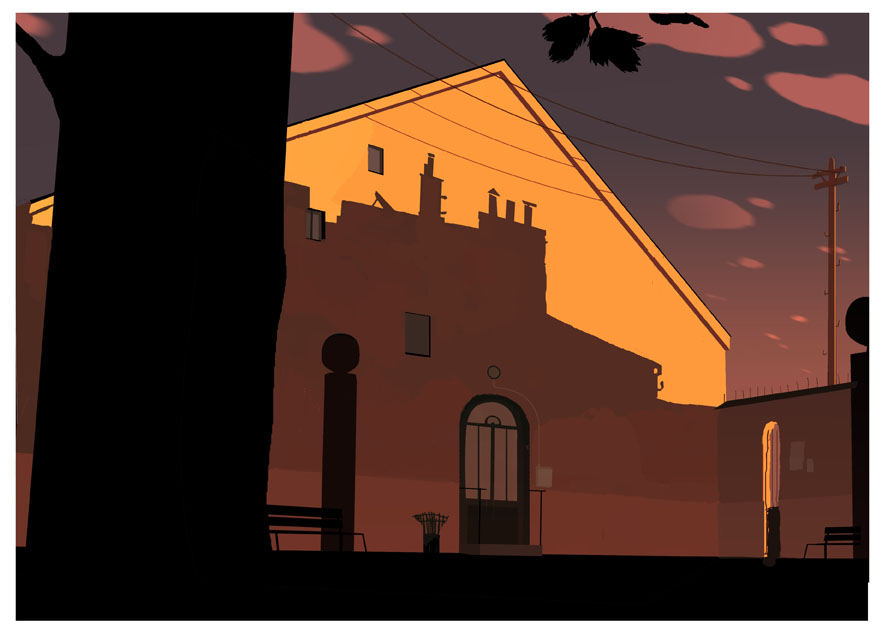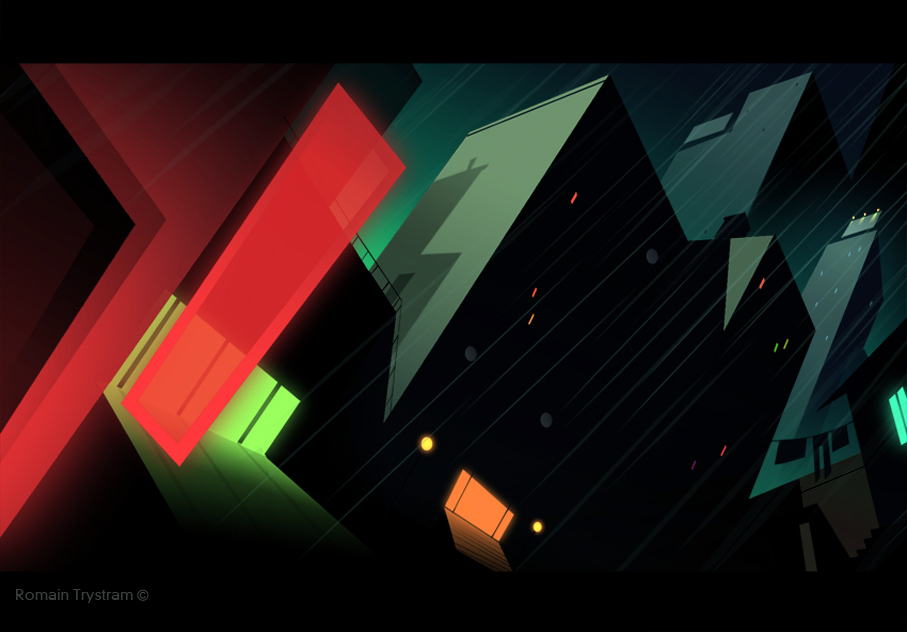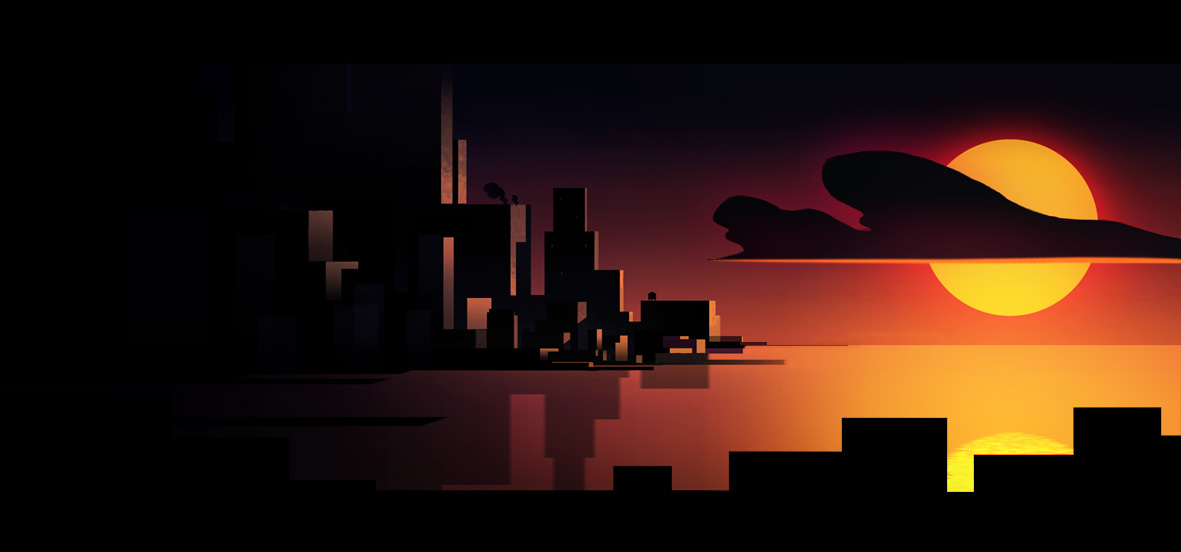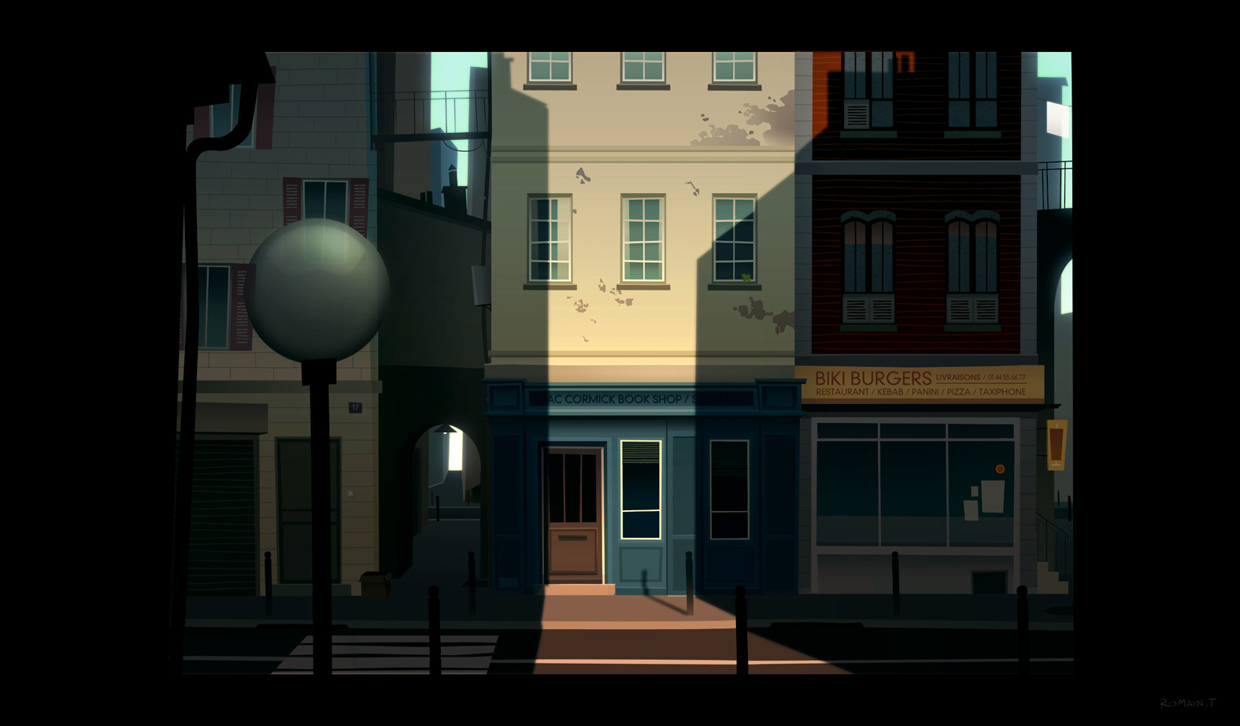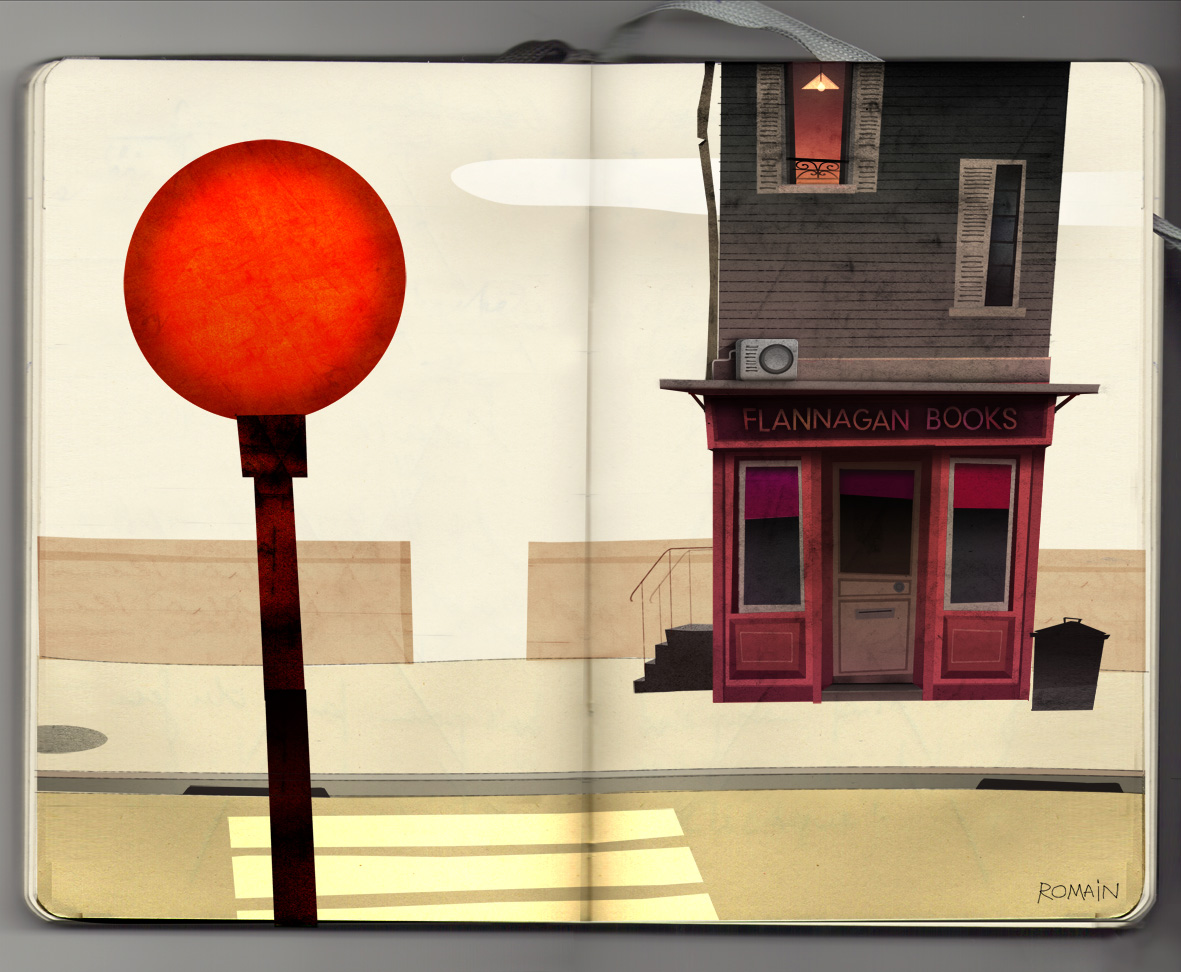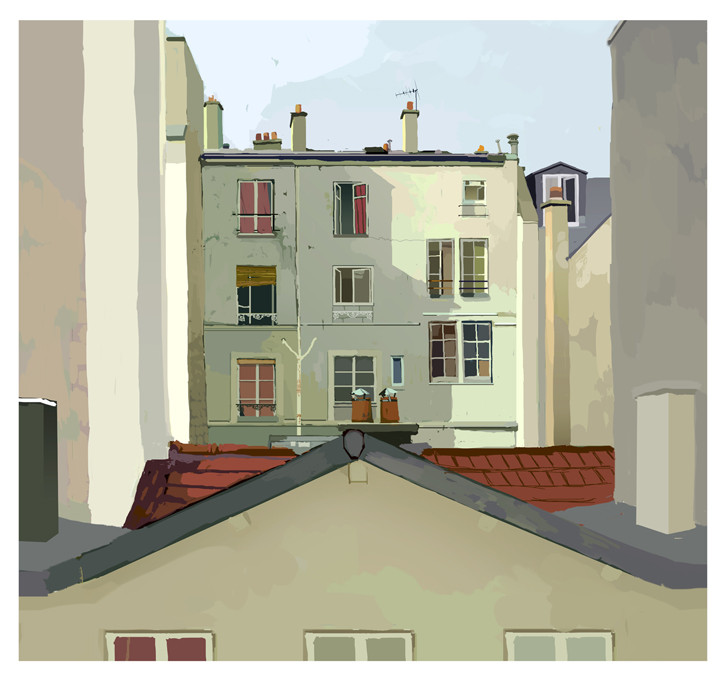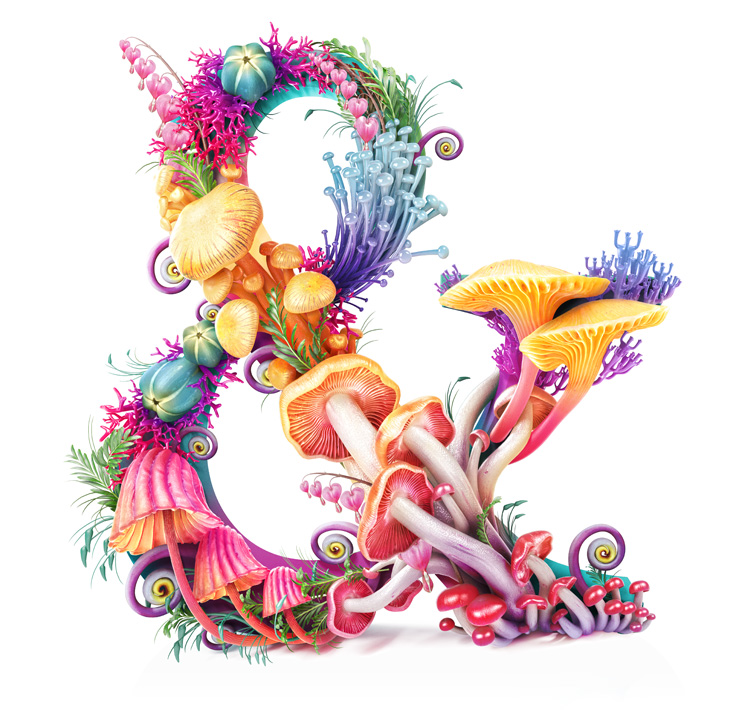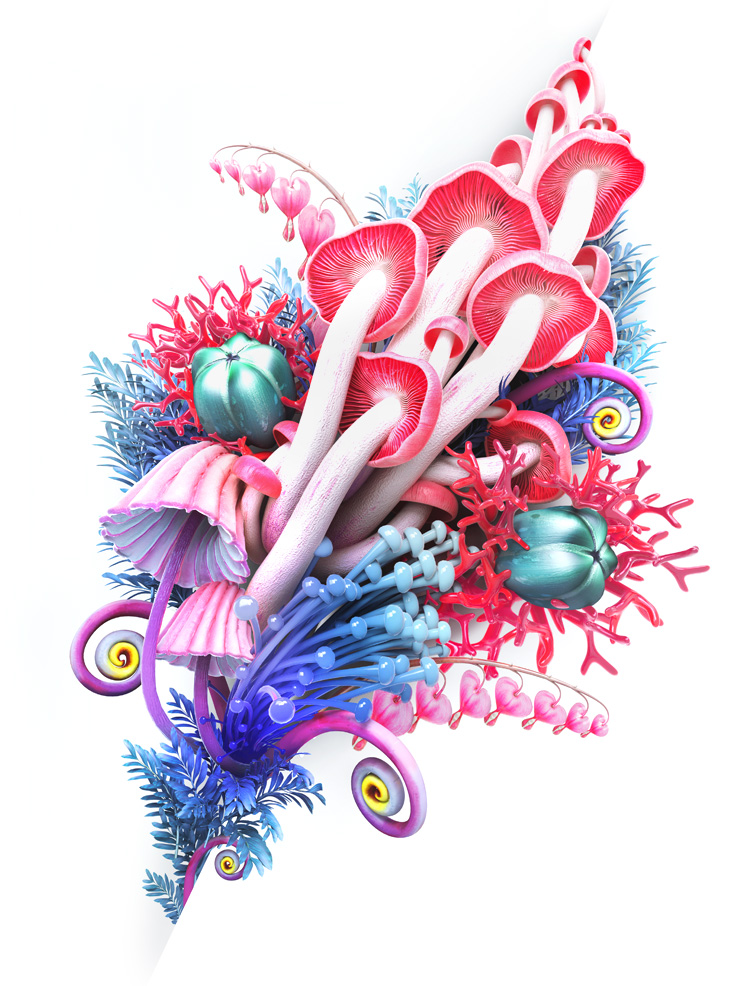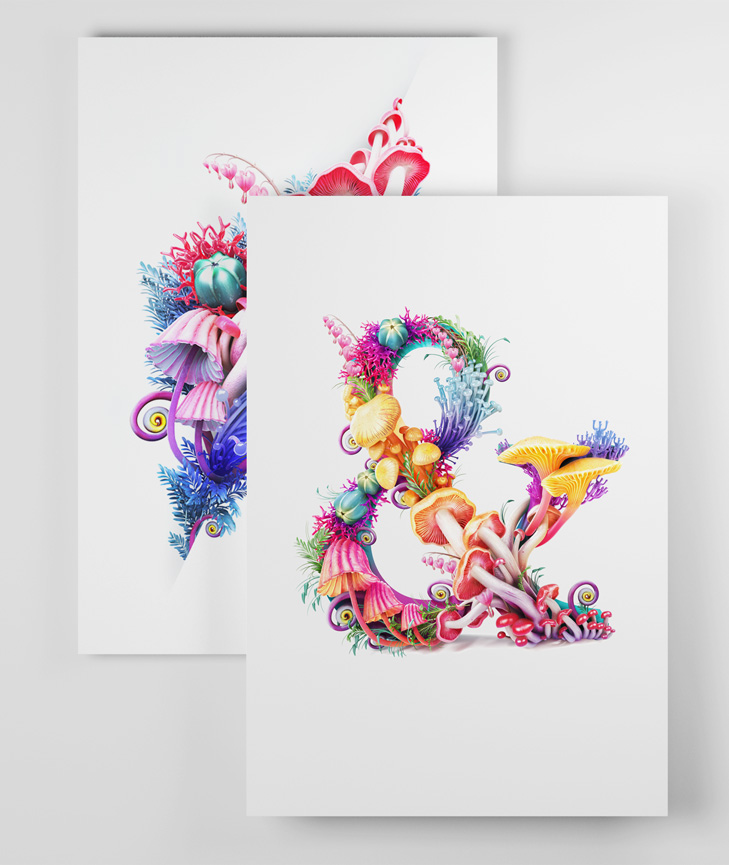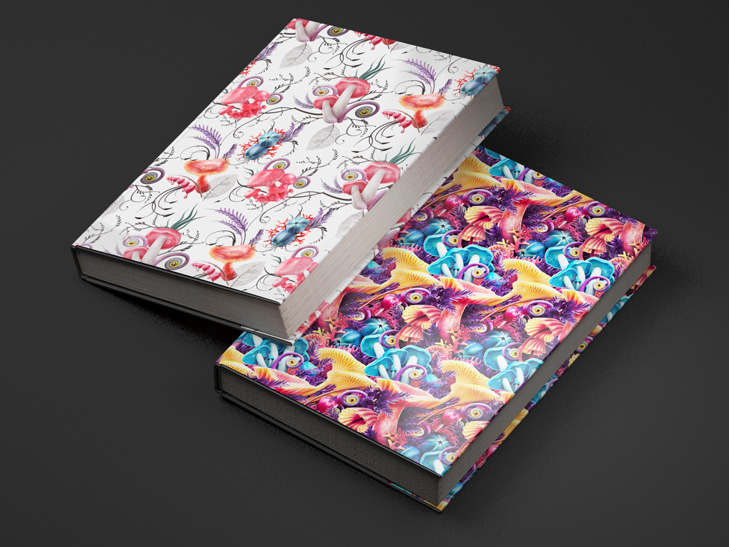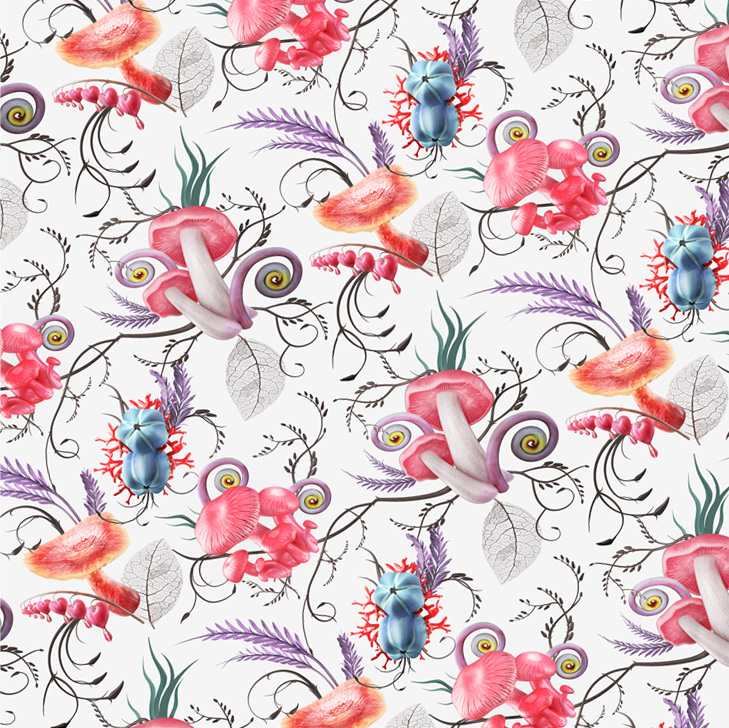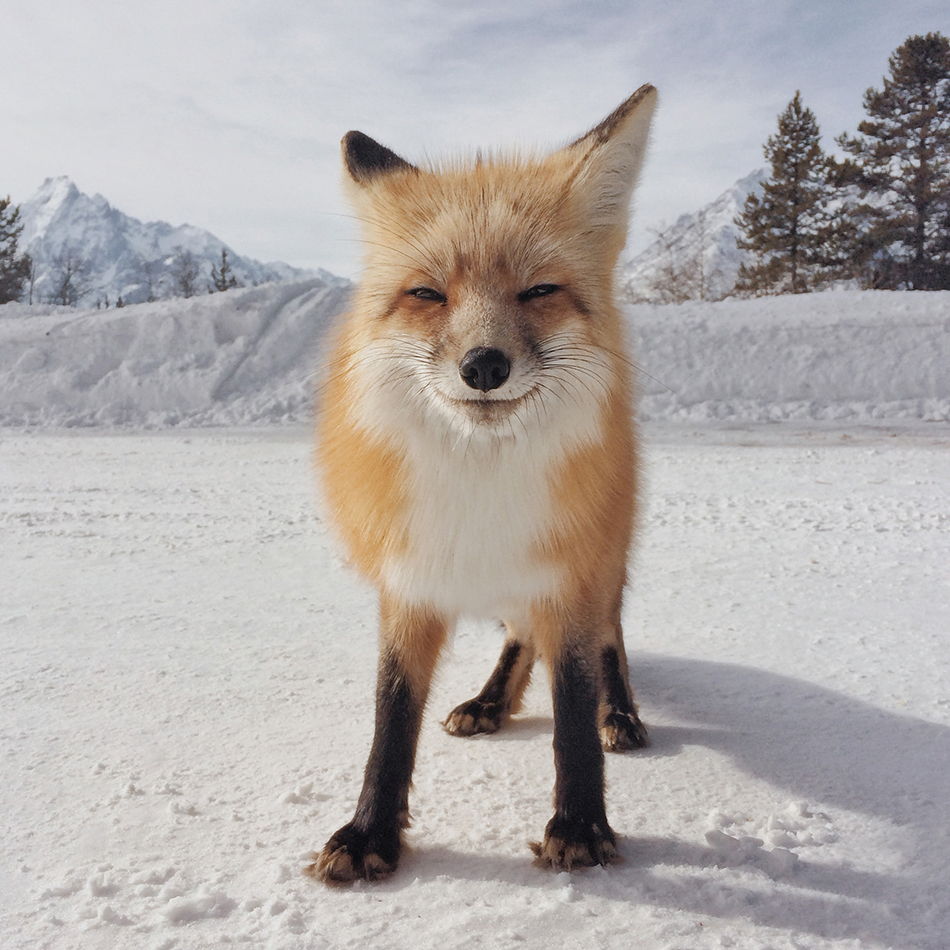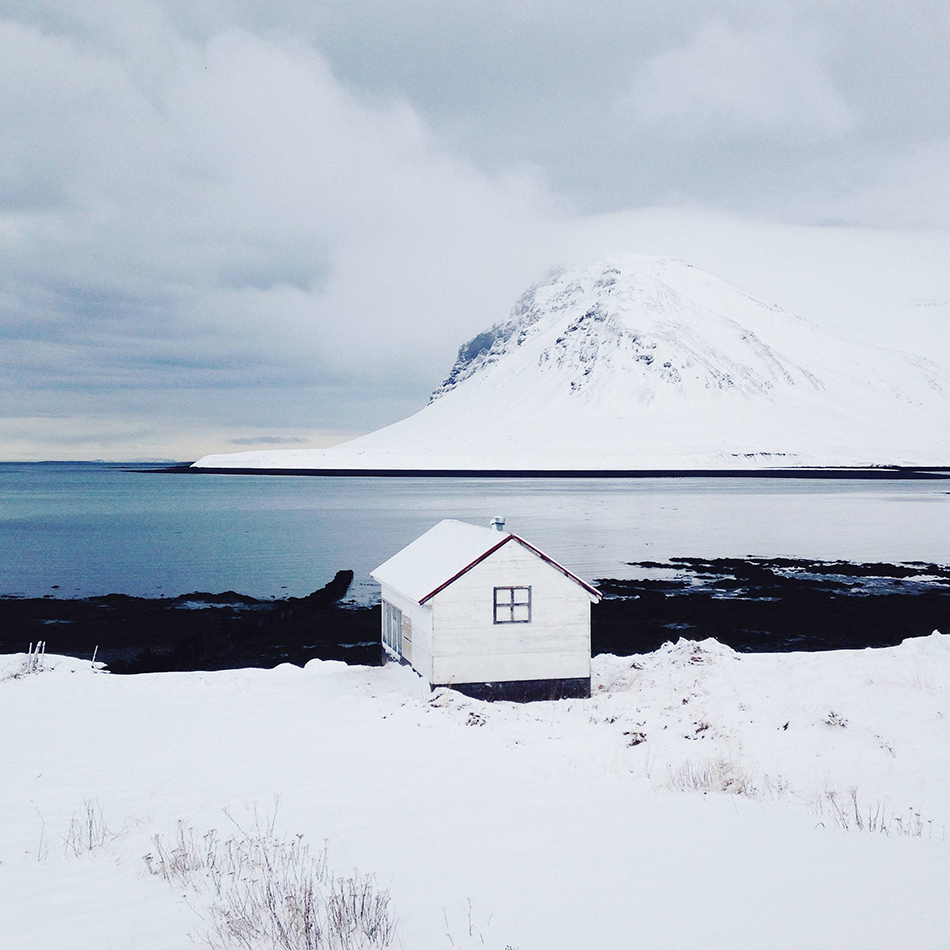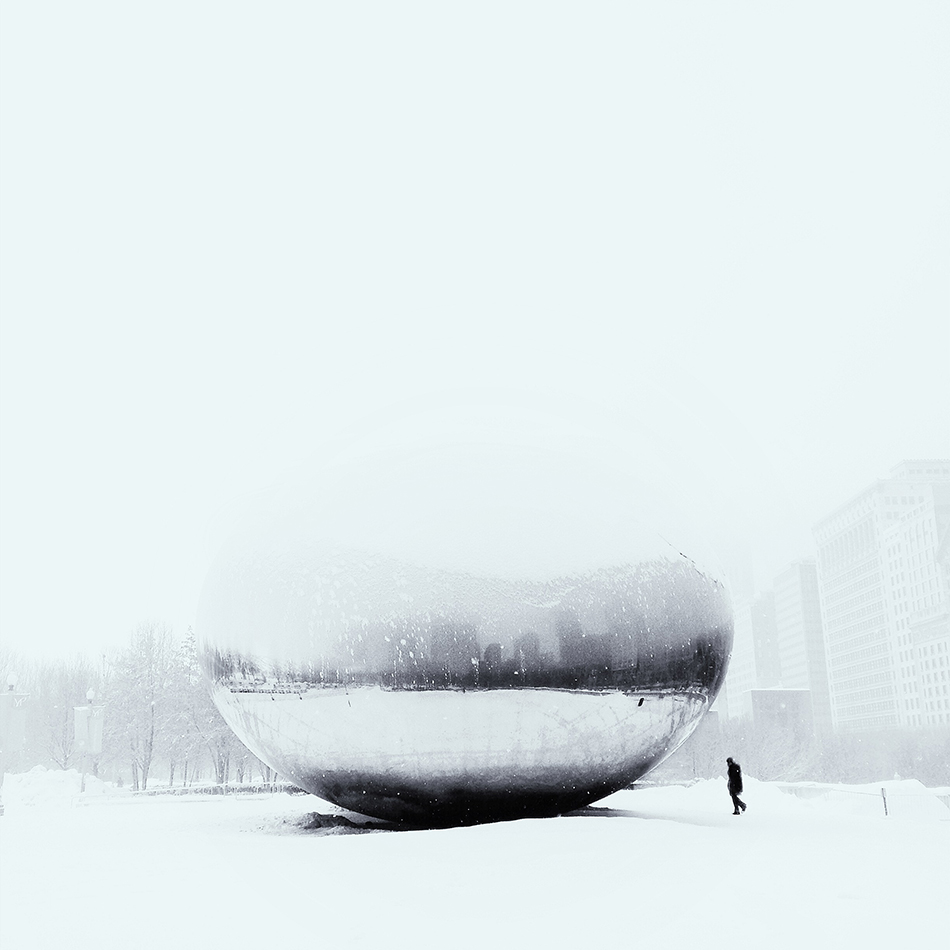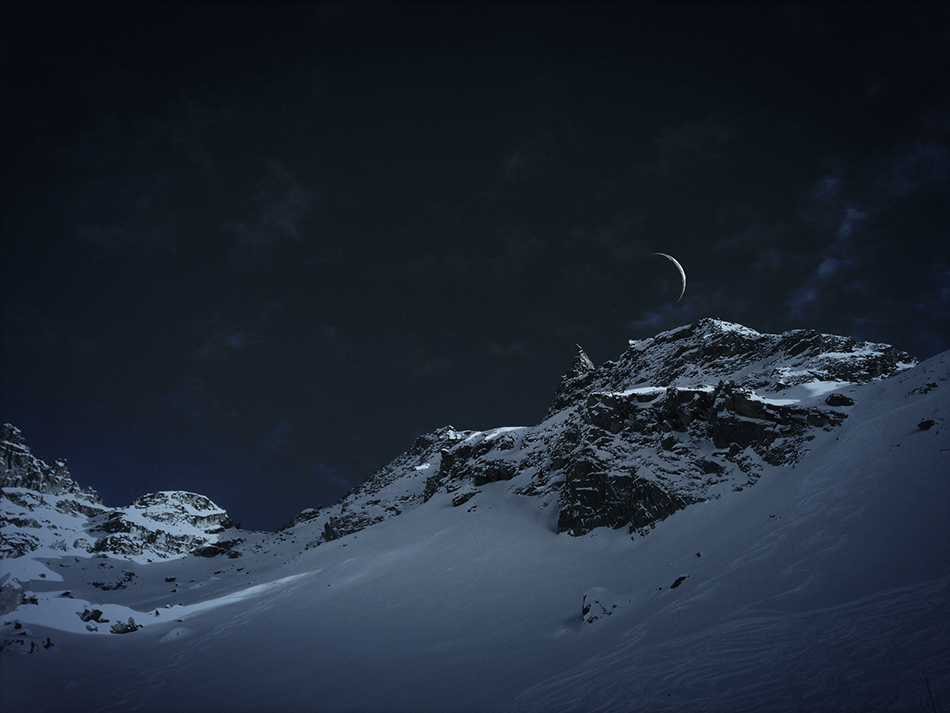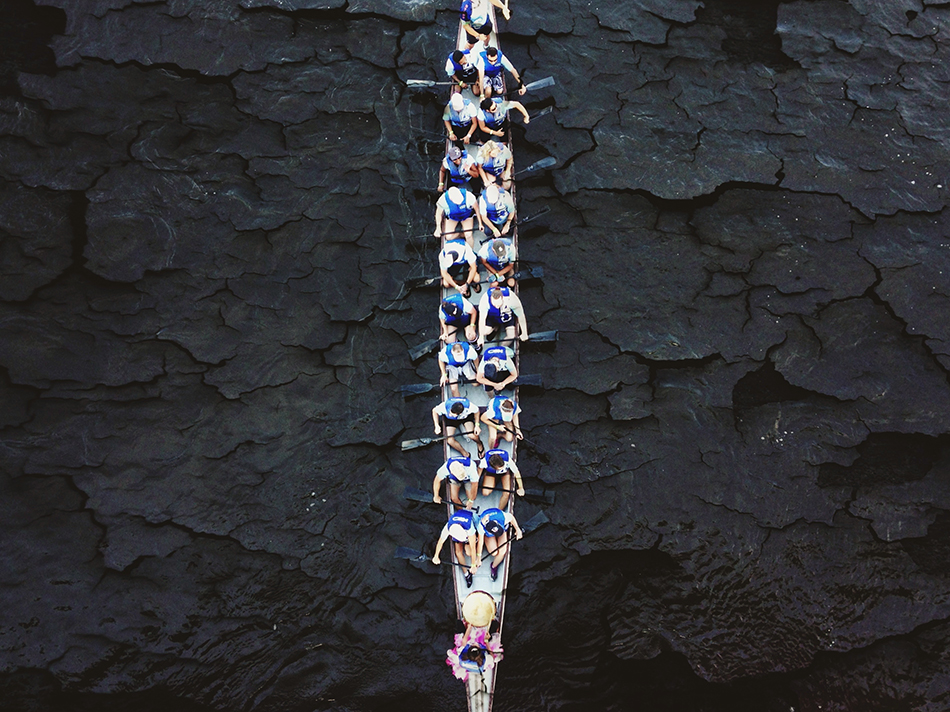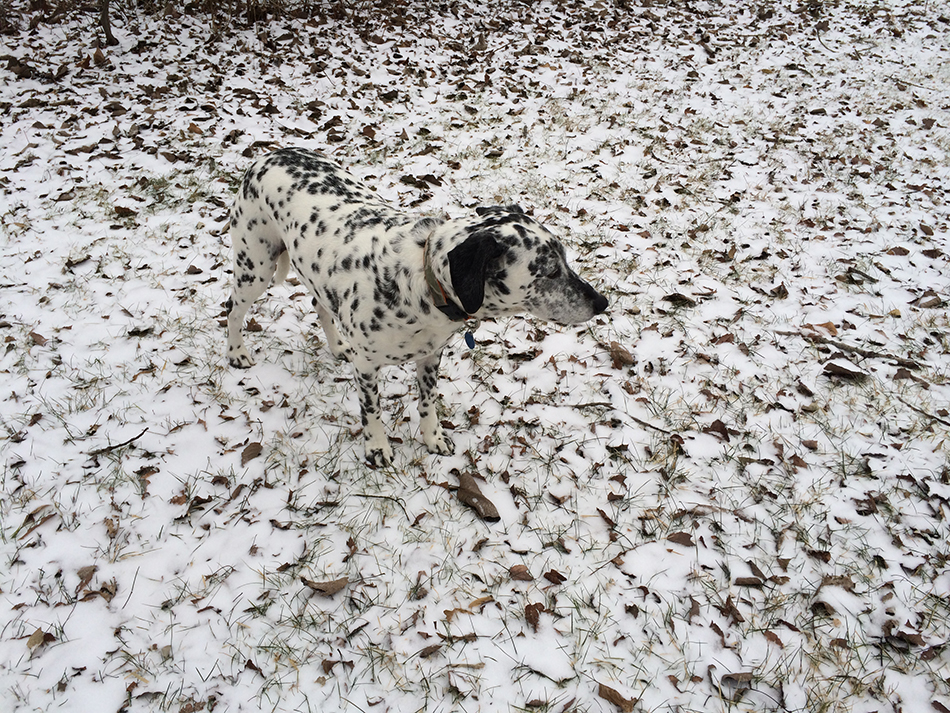Yuri Shwedoff
Young Russian artist and conceptual photographer Yuri Shwedoff has a good set of artworks worth to see on his Behance profile. For this post I selected only one of his works "Audrey" just because it is beautiful.

Supparat Thepparat
"Supparat Thepparat is an art director and designer from Thailand. He is a master at creating eye-catching advertisements for a whole host of different products. As you can see from the examples on this page, he has a distinct visual style which is rooted in surrealism and digital technology. Everything from cities folding like origami paper to miniature mining expeditions on the surface of a fish can be created by this man." via
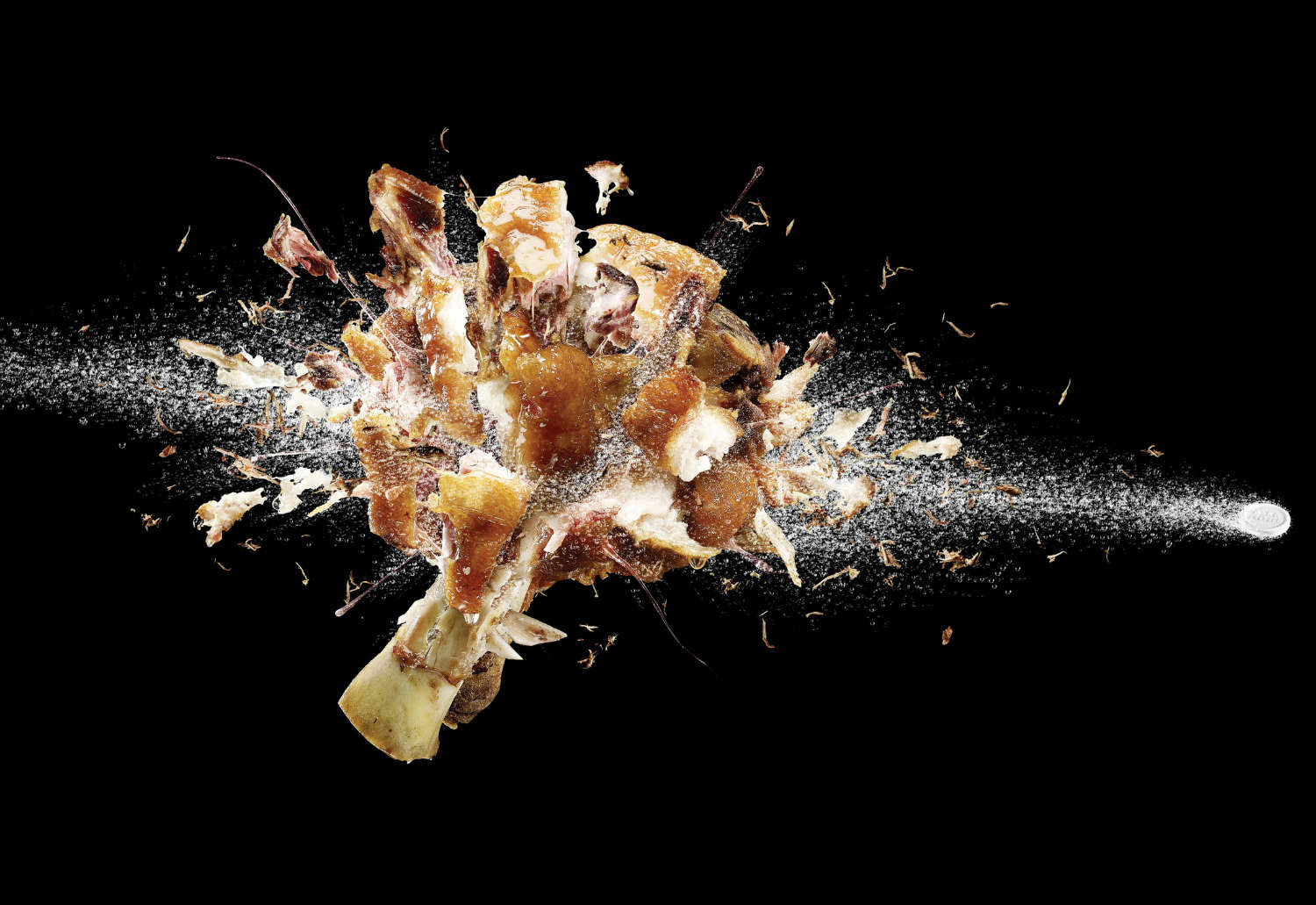
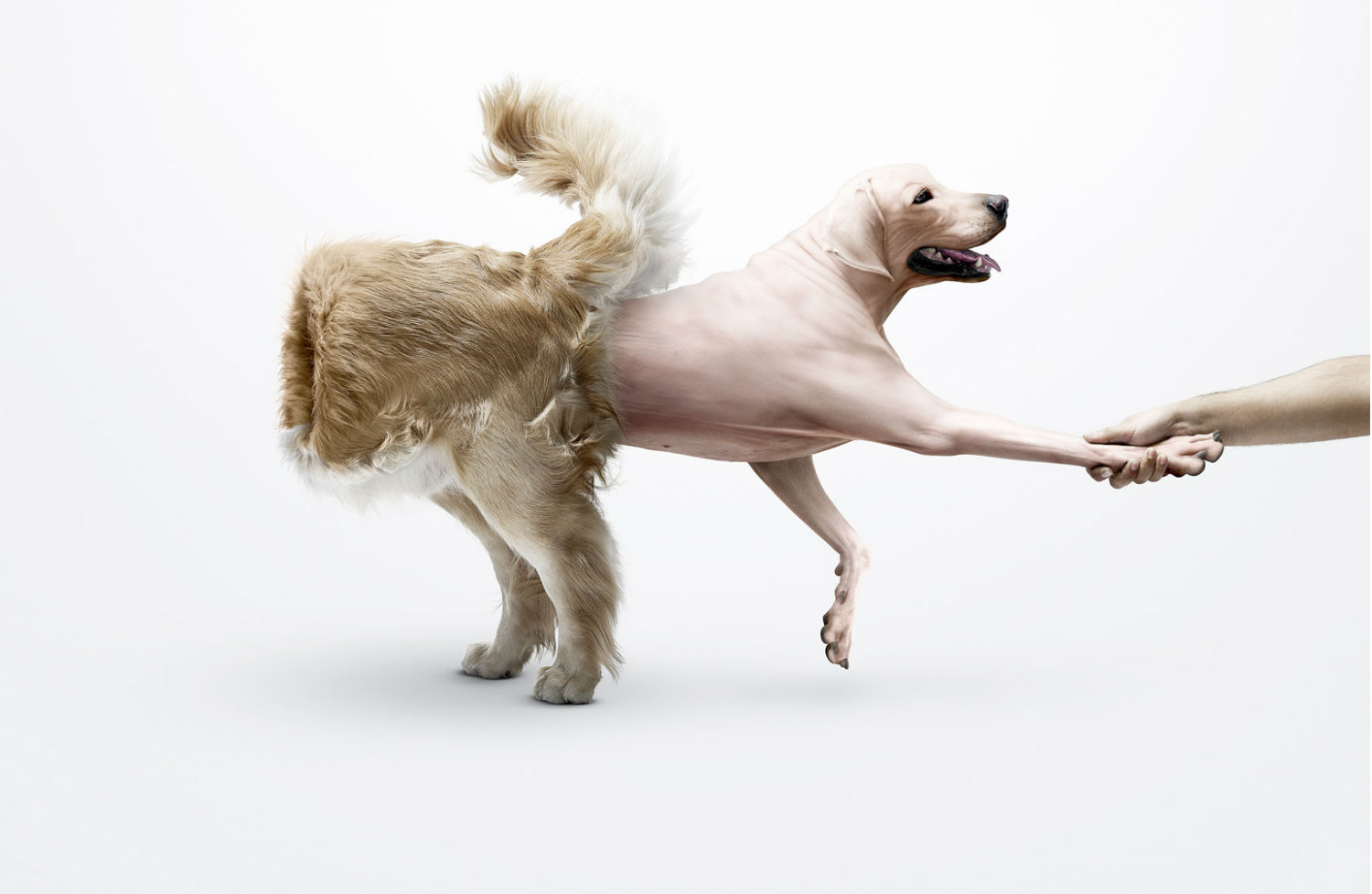
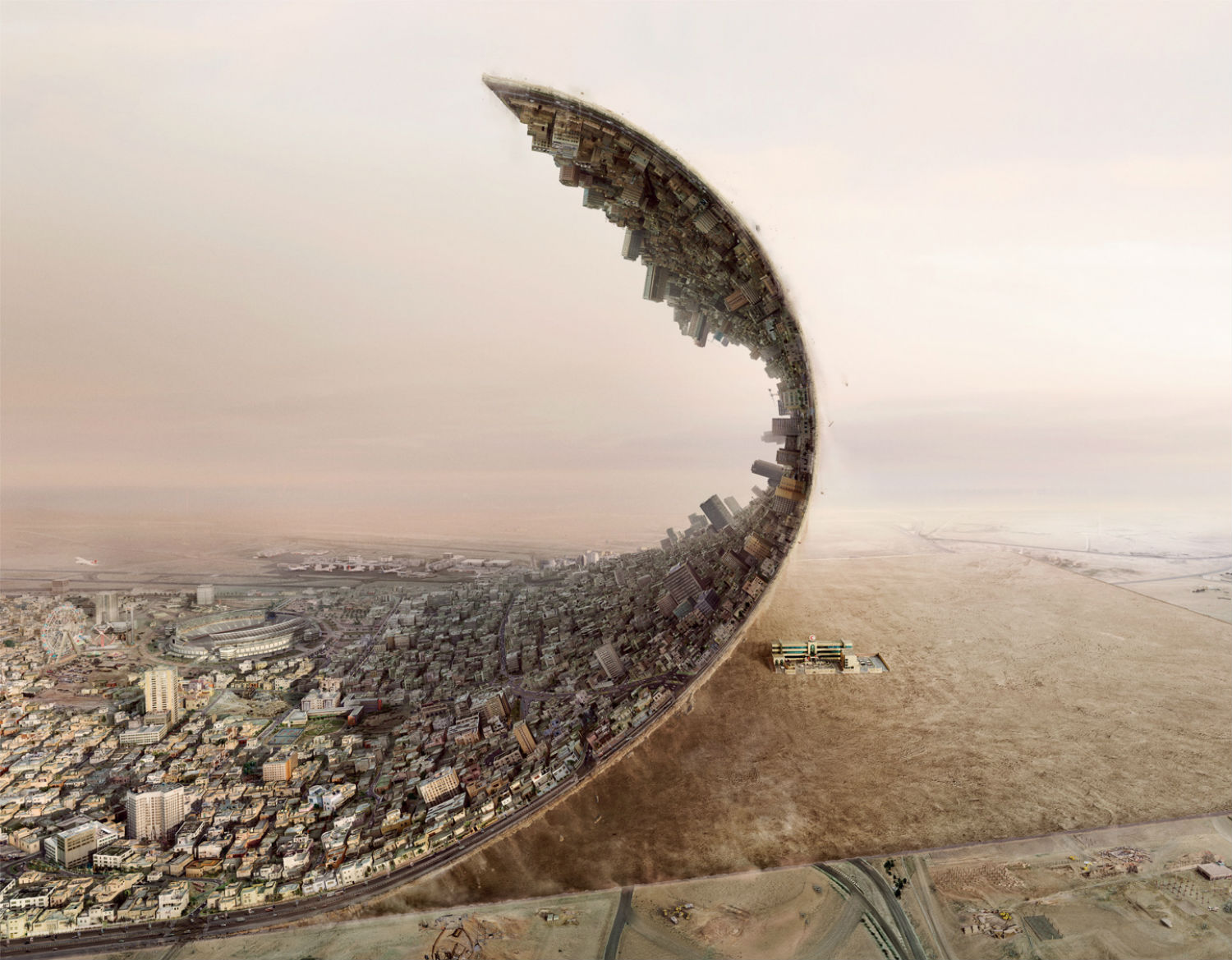
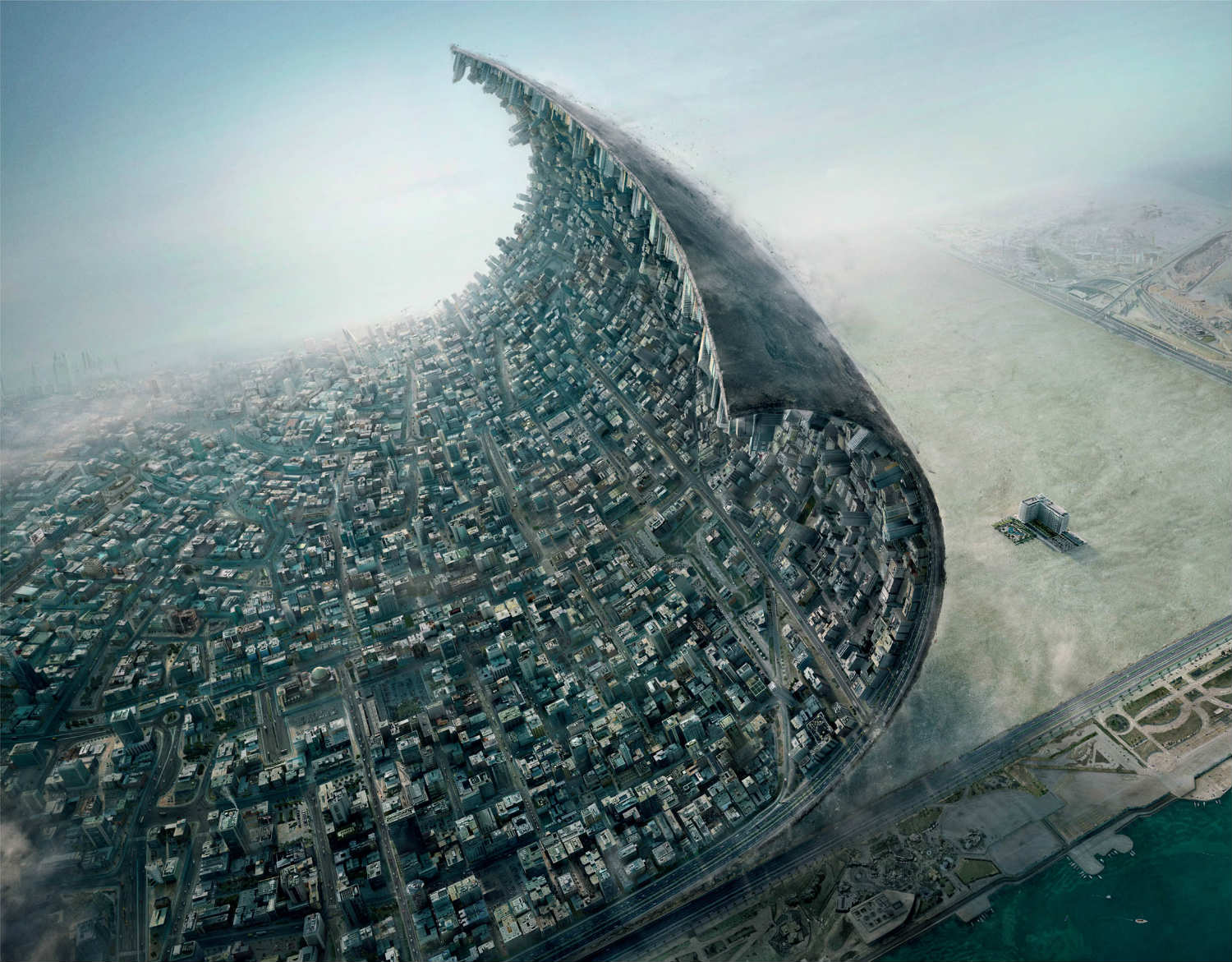
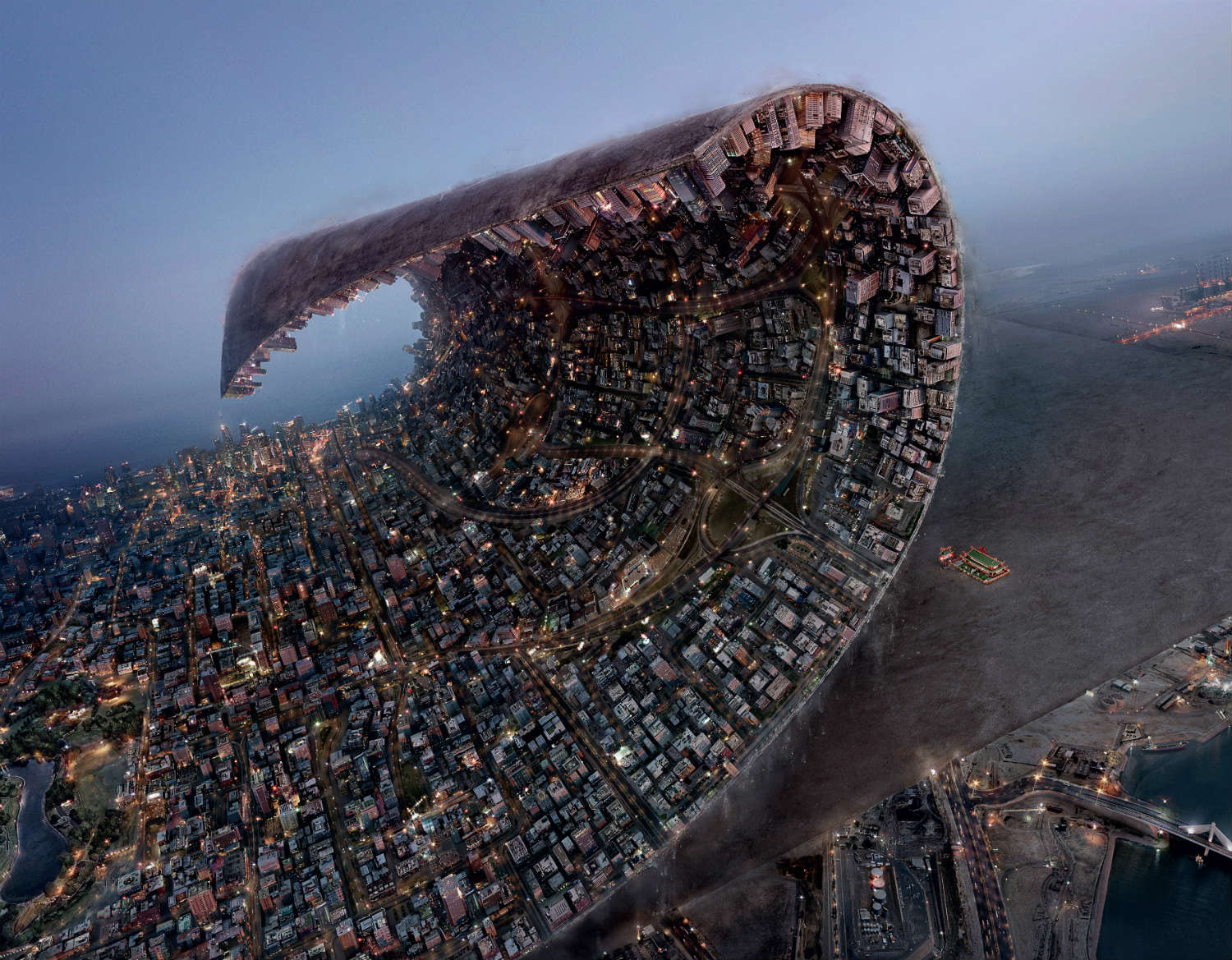
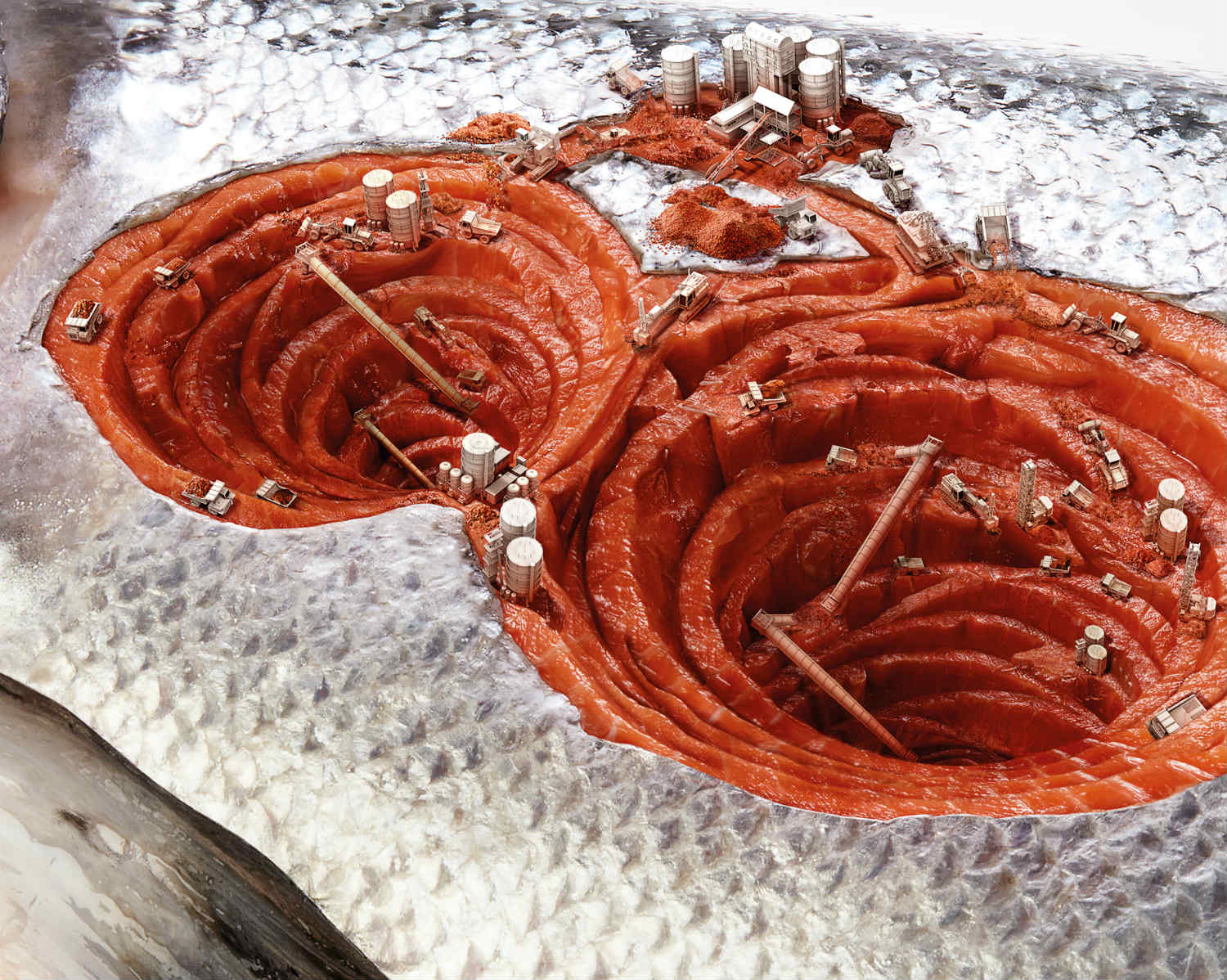
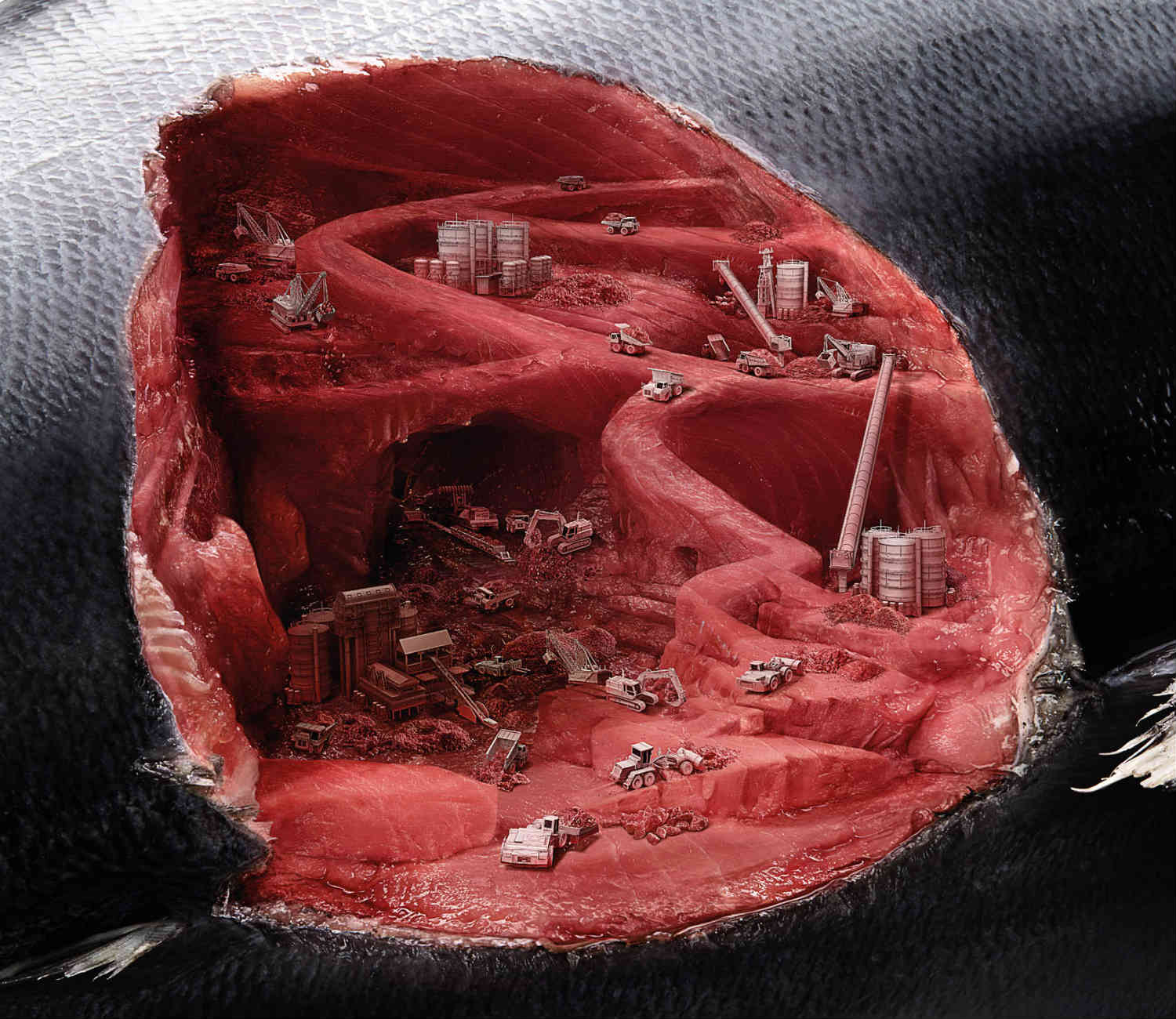
Peter Hapak photography
Peter Hapak raised in Hungary, is a versatile photographer based in the US. He works for commercial and editorial clients, but his main focus lies on portraiture and the human body. His latest works for "Variety" cover shows the double-exposure technique in action, looks neat. But to understand the photographer's inner world better check his "The Protester" series made for The Time magazine Cover of the Year 2011. Time had named the Protester as person of the year 2011 and commisioned Hapak to travel to seven different countries to portray the protesters. In countries as Egypt, Spain, Greece and Tunesia he set up a makeshift studio in hotel rooms, anarchist headquarters and even in a temple in India. Peter also asked the portrayed to bring mementos of protest. Amongst the objects brought were Iphones, rubber pellets and Maalox, a substance used to counter the effects of tear gas. Another story he focused on were the Chilean miners that were trapped in 2010 which resulted in a strong series of black and white portraits. Peter has photographed a vast amount of celebrities as Robin Williams, Bono and Colin Firth. via
http://www.youtube.com/watch?v=J7jueTQo9tk
Time Magazine 2011 "The Protester"



Variety Covers






Megafaces Sochi - 1st Russian Cannes Lions Gran Prix
Cannes, France — Russia made history here tonight on 21th of June 2014, winning the Grand Prix in the Innovation Lions category for a telecom's installation at the Sochi Olympics that used sophisticated technology to let visitors take giant 3-D "selfies" on a board that acted like a huge pin screen.The so-called MegaFaces Pavilion, sponsored by MegaFon, consisted of 11,000 telescopic cylinders, each of which represented a pixel. As on a pin screen, the cylinders could extend to form the shape of the faces, and LED lights at the ends of the cylinders added the proper color and shading. The data for the 3-D faces was generated in 3-D photo booths inside the building.
It's the first Grand Prix ever won by by Russia at the Cannes Lions festival. The work is credited to Axis Moscow, IART Basel and Asif Khan Ltd in London.
via Adweek
The Digital Decade: Creative Insights from Our Jury
We have been busy a little this week with our annual graphic design contest "The Digital Decade". The application is over for now and we are nervous to wait 150+ artworks to be done by June 27 for the international judgement process. A part of our Jury panel were kind enough to share their creative insights on some interesting questions asked by on of The Digital Decade organiser Tanya Smirnova - acting Behance Ambassador in Russia and Business Development Director at Depositphotos
We’re excited to introduce the professionals who have kindly agree to be the jury members of Digital Decade II. Please welcome Sara Blake (Illustrator and Artist), Hector Ayuso (OFFF Festival Founder), Claudio Guglieri (Associate Creative Director, Fantasy Interactive), and Marius Bauer (Interactive Design Entrepreneur). We have asked them several questions about the past, the future and the present of art – and digital imagery in particular – and we are happy to share their creative insights with you
What do you think of the future of digital imagery?
[box]20 years ago we used to create images with Polaroid cameras and draw vector images in the first version of Corel; ten years ago we were already able to create websites using FrontPage. Today it's even possible to make a website using your mobile phone and to print objects with 3D printers. What is our future going to be like?[/box]
Sara Blake: Translating and capturing our personal experiences, as well as our interactions with all our digital artifacts is going to be more seamless. I think artists like Evan Roth are already doing a lot of that.
Hector Aysuo: For me, there’s no such thing as digital imagery. Imagery is pure creativity.
Marius Bauer: I think digital imagery creation will become more and more “human” and natural.I think in the future, technology will be more and more about connectivity, and we will be able to use all that data that we gather through technology to create even more beautiful and incredible work.
Why have you decided to devote yourself to digital technologies?
Sara: It’s the best way for me to express the kind of work I want to express. Perhaps, just as important, engaging in the digital communities is also the best way to share the work I make as well as find and experience other artists’ work.
Hector: I have never devoted myself to digital technologies. In fact, I never devote myself to something specific since that’s a dull thing to do. I was able, and still am, to coexist with all these innovative creations and use them for my own good, and to feed my own creativity.
Marius: Whether you are interested in pushing the boundaries of the endurance of your favorite game’s own avatar or want to achieve impossible artwork or design with your tools. You dig deeper and deeper and immediately alter and improve the outcome of your work.
Claudio Guglieri: It really wasn’t a conscious decision; I’ve always been a gamer. When I first got internet at home I remember playing some games, tinkering a little bit and suddenly feeling amazed when I realized I could actually create content for it. Before the internet I drew comics and published my own magazine in high school (good old quarkXpress); the internet made me faster and better. I’m still amazed when someone interacts with my work, and I find working in a digital environment the best way to achieve that.
Have you been so very creative since childhood?
Sara: I think I was actually more creative as a child. I think many of us are. Or maybe not more creative, maybe just more uninhibited. I still look at things I wrote or drew as I kid and get jealous of my former self. My favorite artist right now is five years old. His dad wheat-pastes his art all around the world.
Claudio: I don’t consider myself any more creative than anyone else. As a young kid I enjoyed drawing a lot. During the ’80s, Spain played tons of Japanese anime on regular TV and I got hooked. During school I had a thing for drawing gory “unpleasant scenes,” that apparently got my parents really worried, but went away in few years. I don’t believe in creativity per se, but I do believe in being consistent and persistent. In that sense I was lucky I had the opportunity to get bored a lot when I was younger.
Who was your mentor or role model? Do you recall any particular person who inspired you?
Sara: When I was young I was really enamoured with this girl Kay Livick on my track and cross country team. I was so enamoured with her because she knew what it meant to work hard, but also did it with style, charisma, passion and good sportsmanship. My art teacher Diego Sanchez also played a big role. And as an adult, I still have so many people I look up to.
Claudio: I have had many mentors and role models that have changed throughout the years. In the interactive industry I can mention all-time classics like Arnaud Mercier, Eric Jordan, Shane Mielke, Josh Rhode or the work of Bascule, Yugo or Takashi Kamada as longtime influences. More recently, I’ve always liked the work of Academy, Uzik and have enjoyed working with great, talented people like David Enzgell, Anton Repponen, Riccardo Giraldi and David Martin.
What are the pros of digital art in comparison with traditional art and photography?
Sara: I love the ability to rapidly prototype, create sketches quickly—experiment on screen before committing and spending lots of time executing. With that said, digital is a tool like any other and it should not eclipse any other tools. It is however a very powerful tool, and it’s not surprising that so many traditional artists have picked it up. I also tell fine art students if they need to learn one thing to prepare for their careers after university, learn Photoshop.
Hector: I don’t believe in “categorizing” art. For me, art is art, there’s no such thing as “traditional” or “digital”; therefore there are no pros and cons. What matters is what you are capable of doing with what you have to achieve your goals by using your creativity.
Claudio: None. Different platforms produce different results. Back in the early days of photography there was a similar concern about photography replacing traditional painting or being “better” just because it captured the real world with more fidelity. Traditional painting was deeply influenced by photography and evolved from photorealistic to abstract and all the -isms.
Digital art has already challenged traditional art and photography, fading the perception of what’s real or not; sometimes it’s hard to determine how a piece of art was created, and that’s a good thing and where the magic is. The platform or method of creation doesn’t matter; what matters is what makes you feel.
Do you believe that art can become totally digital?
Sara: Of course. I think art can be totally any medium. Art is something that moves us somehow. If that’s done with pixels, paint, or dog shit, it doesn’t matter.
Marius: While I worked with Microsoft on the key visuals for its latest version of Windows, one goal was to create an authentically digital artwork. I personally always worked on a screen from the beginning. Though I think that our aspirations and achievements as artists and designers brought us to where we are today; that you are able to compose a song on your mobile or 3D print a sculpture with a printer that is just the pen in your hand. In the end, technology is our tool and we are the ones turning it into art.
Hector: No, art represents you. It’s coming from YOU, YOU create it, YOU come up with the ideas and YOU achieve it.
Motion Photography by Micaël Reynaud
Freelance designer and stop-motion animator Micaël Reynaud creates animated GIFs unlike any we’ve seen. His process involves the use of video techniques like slit-scanning, time-lapse, and various forms of masking to create what he refers to as “hypnotic very short films.” Indeed many of these animations are pulled from fully realized videos which you can watch over on his Vimeo channel. Reynaud’s work has not gone unnoticed in the art world, the pigeon GIF above was a finalist in the first Saatchi Gallery Motion Photography competition, and he recently won the 2014 Giphoscope International Art GIF contest. You can scroll through dozens of his creations over on Google+.






Creative Cloud Mosaic
Just few hours ago Adobe Inc presented its new Adobe CC 2014 product line with a lot of updates and new features. Changes also covered Adobe ID Profiles and a lot of things happened in family products like Behance and Typekit, so, briefly you can access your properties from different environments and even mobile platforms. But leave it to official press releases and marketing, we are here to congratulate Russian and Ukrainian guys that took a part in Creative Cloud Mosaic. For the 2014 release of Creative Cloud, Adobe is celebrating creativity by bringing together amazing artists from around the world to remix the Creative Cloud logo into a collaborative mosaic.
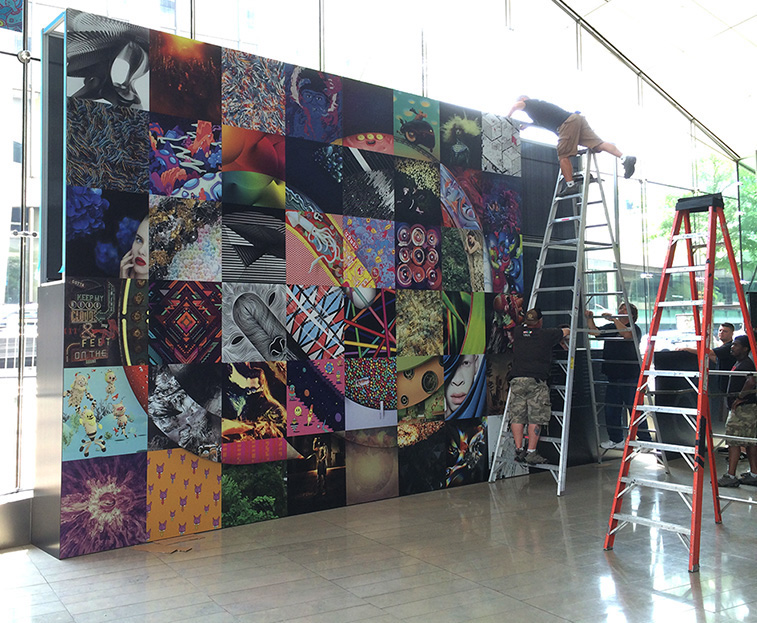
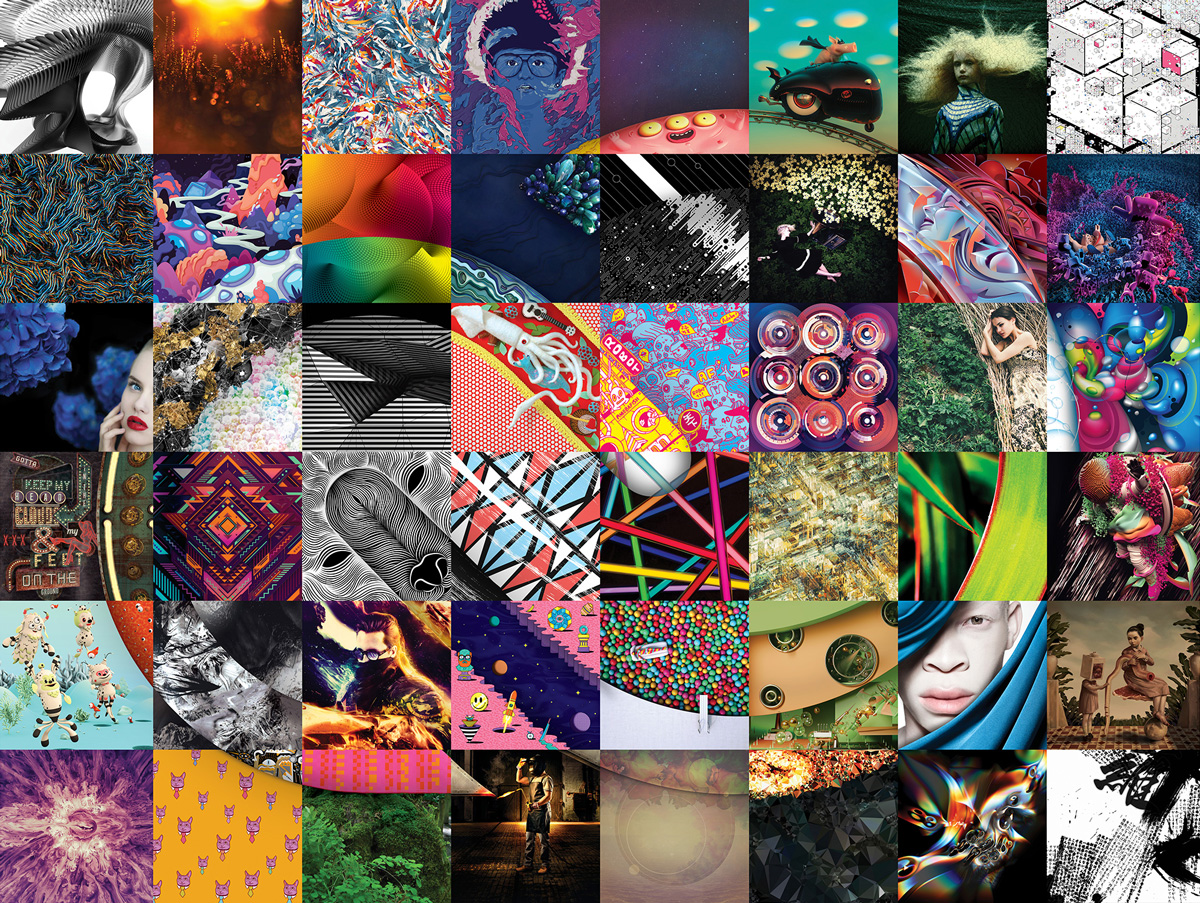
Russians:
Evgeny Kiselev
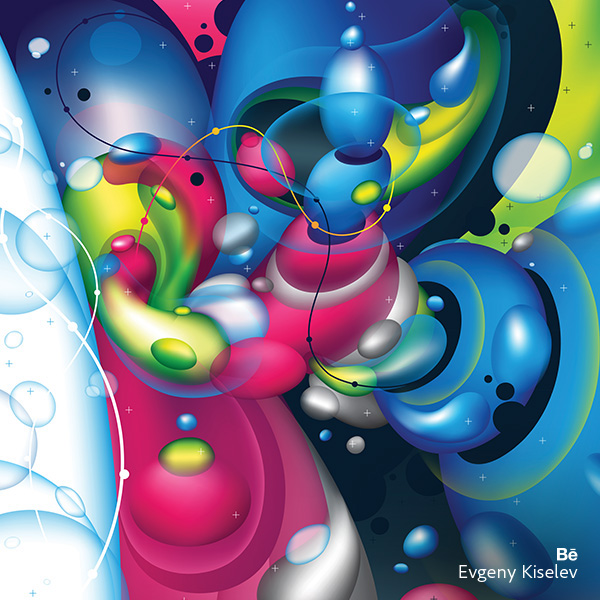
Zutto
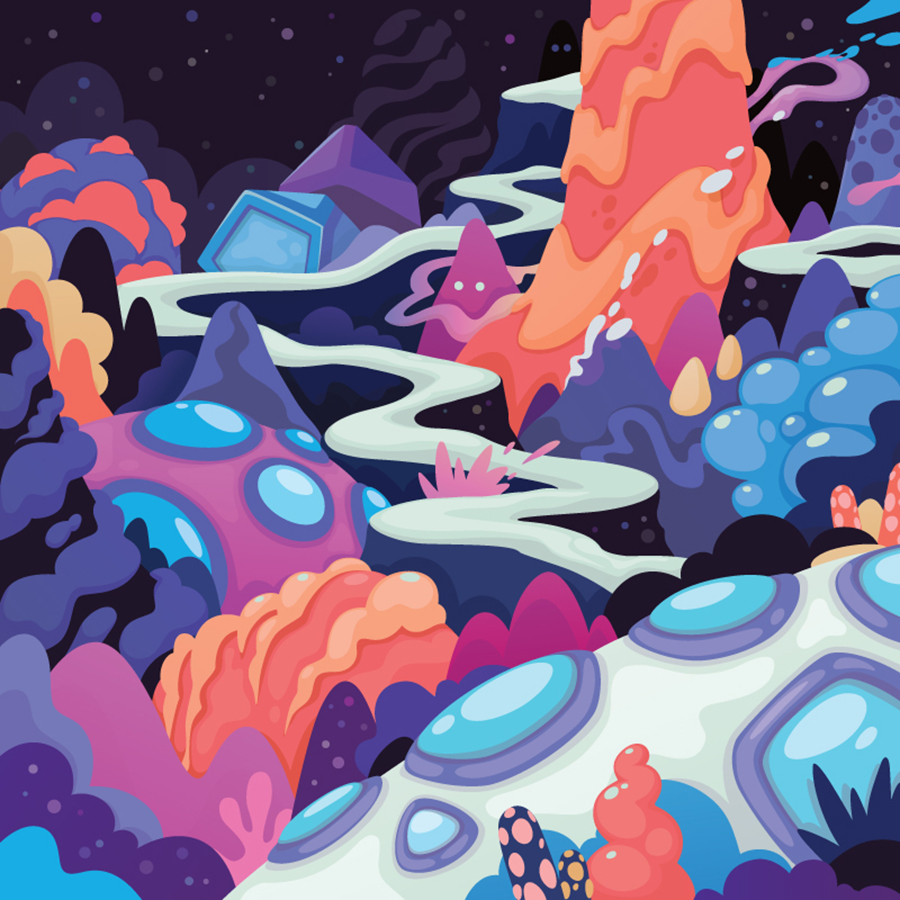
Ruslan Khasanov
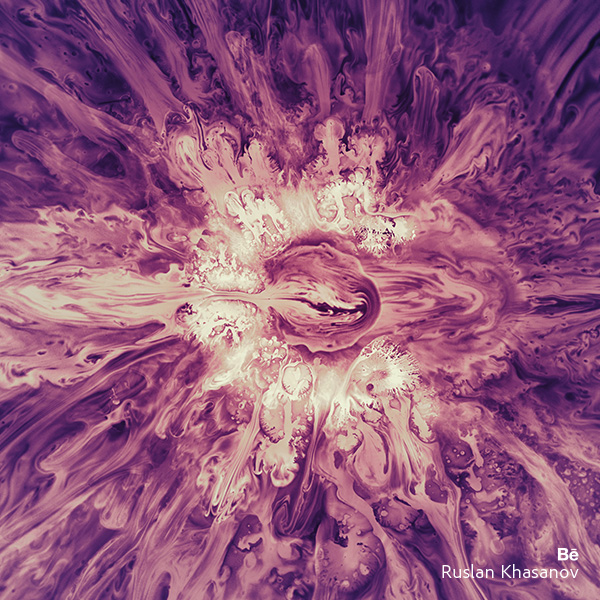
Daria Khoroshavina
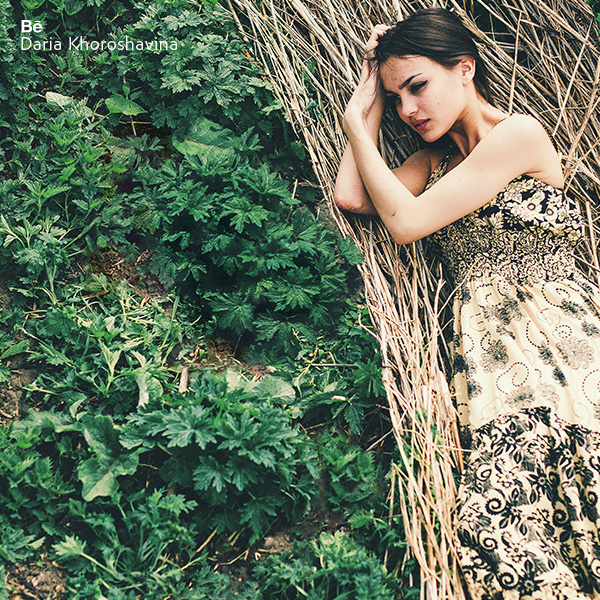
Ukrainian:
Alexey Romanovsky
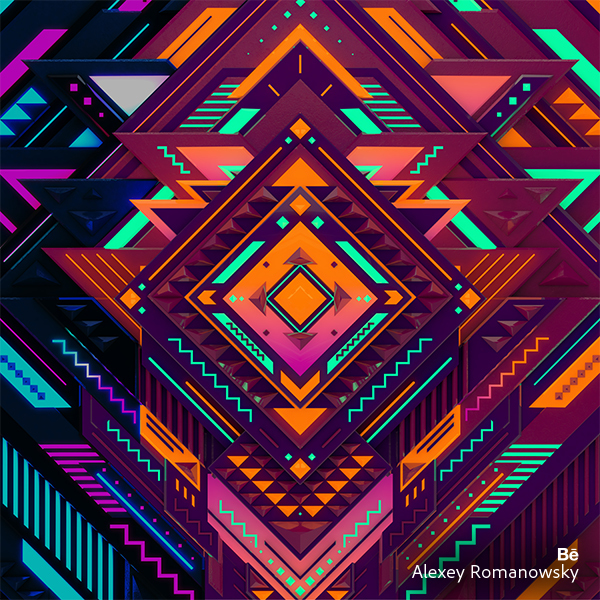
Fragile Heart by Sophie Aguilera Lester
Sophie Aguilera is a young ceramist raised in Barcelona and based in London. Recently she debuted at Women's Art Festival La Dinamitera with her fragile ceramic heart. Hope to see more new works soon

Wallpaper by Behance Mac App
Check the recent release from Behance Network - this time a Mac application aimed to keep your desktop refreshing and inspiring during the day. Meet "Wallpaper by Behance" for Mac only. Looks neat!
Dot work tattoos by Ilya Brezinski
StPete based tattoo artist and talented illustrator Ilya Brezinski shows off his best in dot-work technique. Whatever the material - skin or paper Ilya handles each work with a lot of care and attention to details.


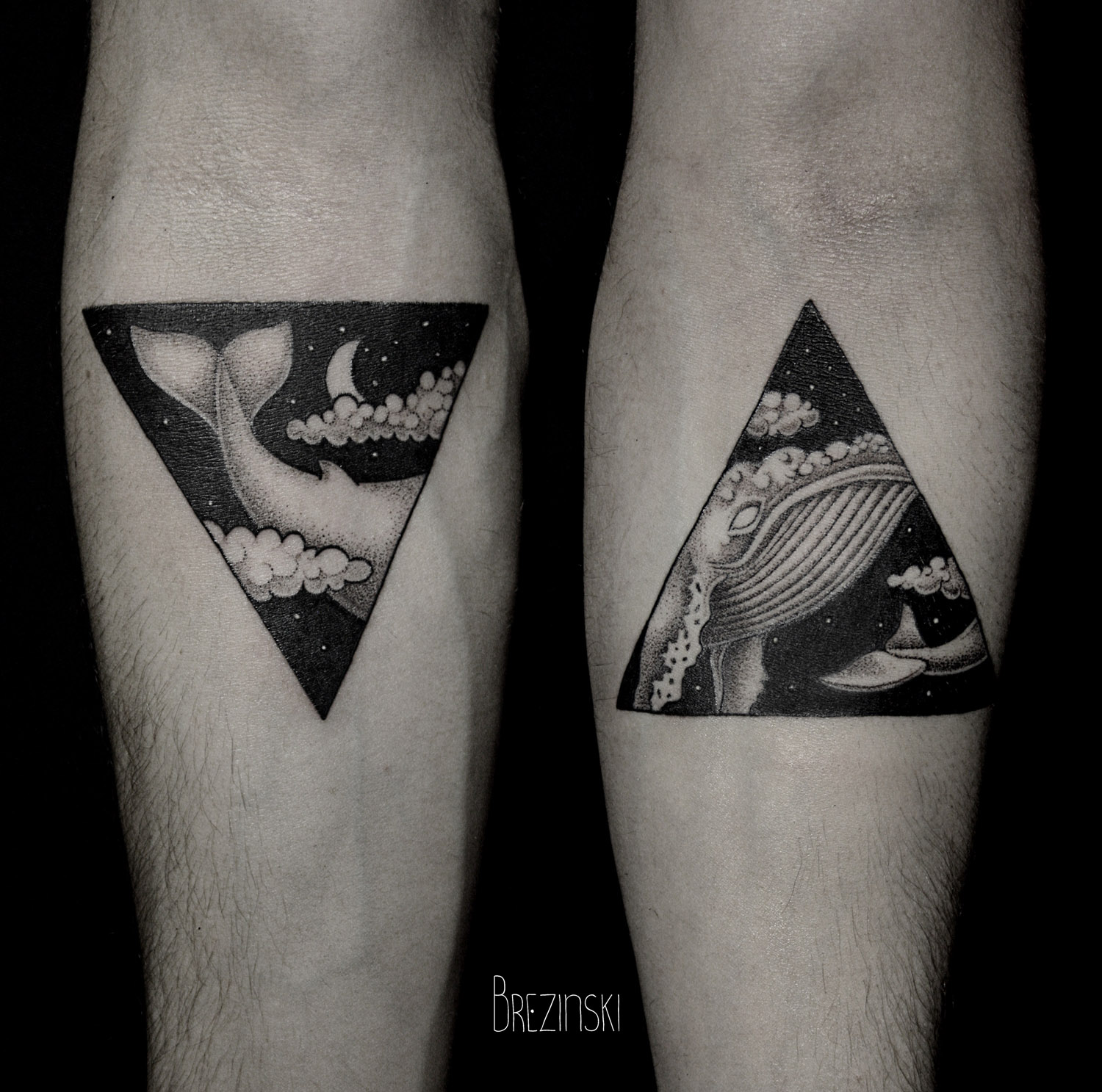
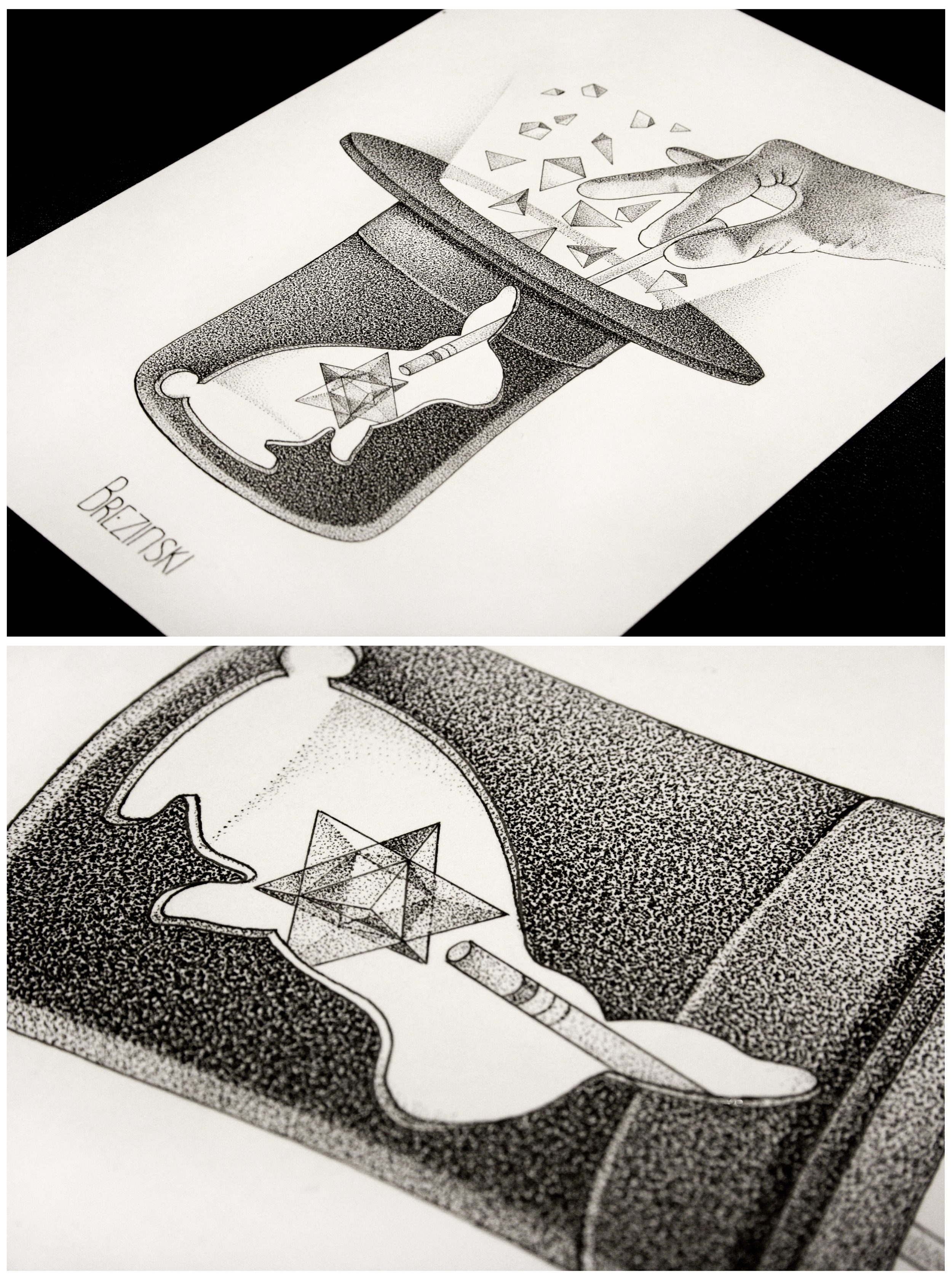
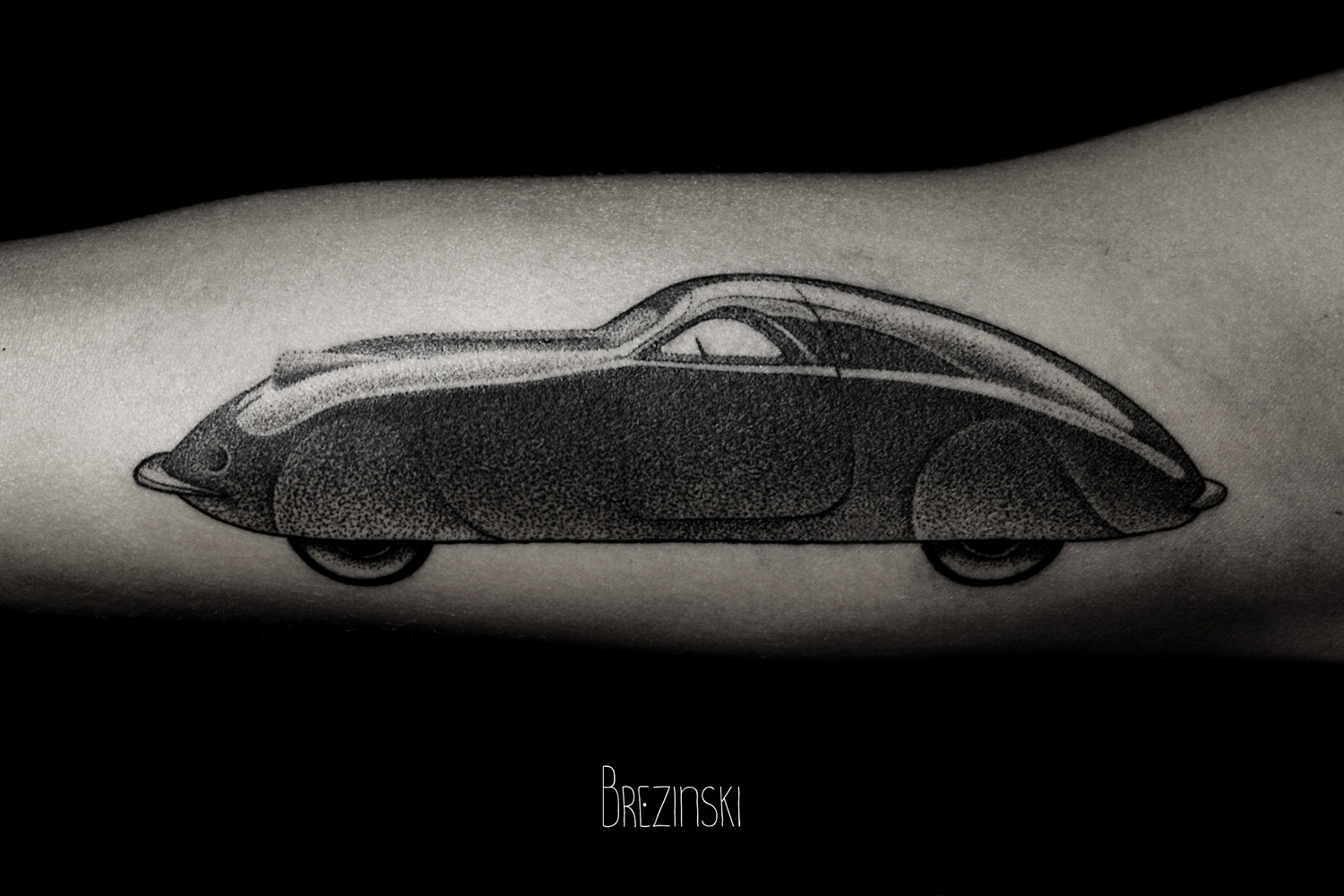
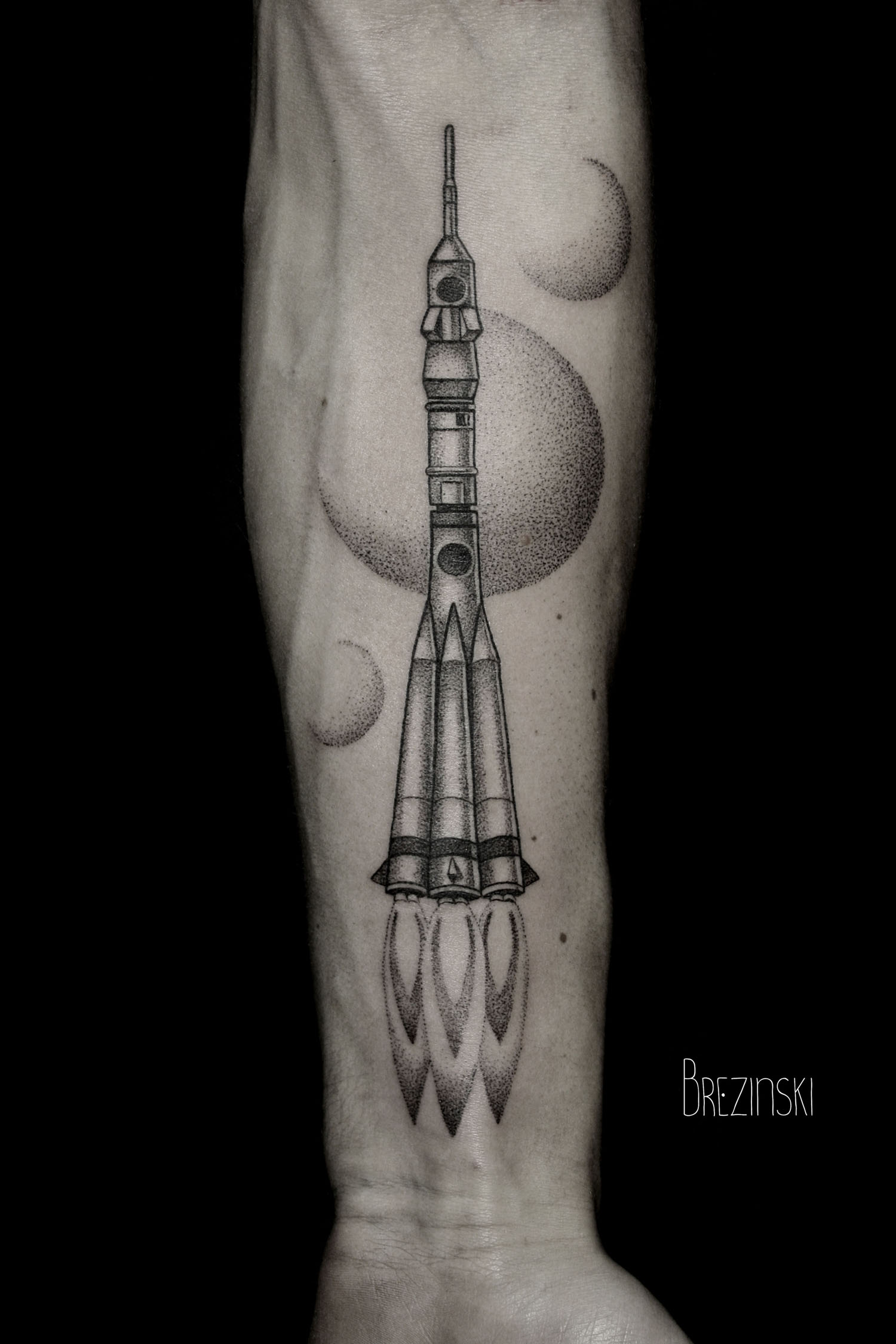
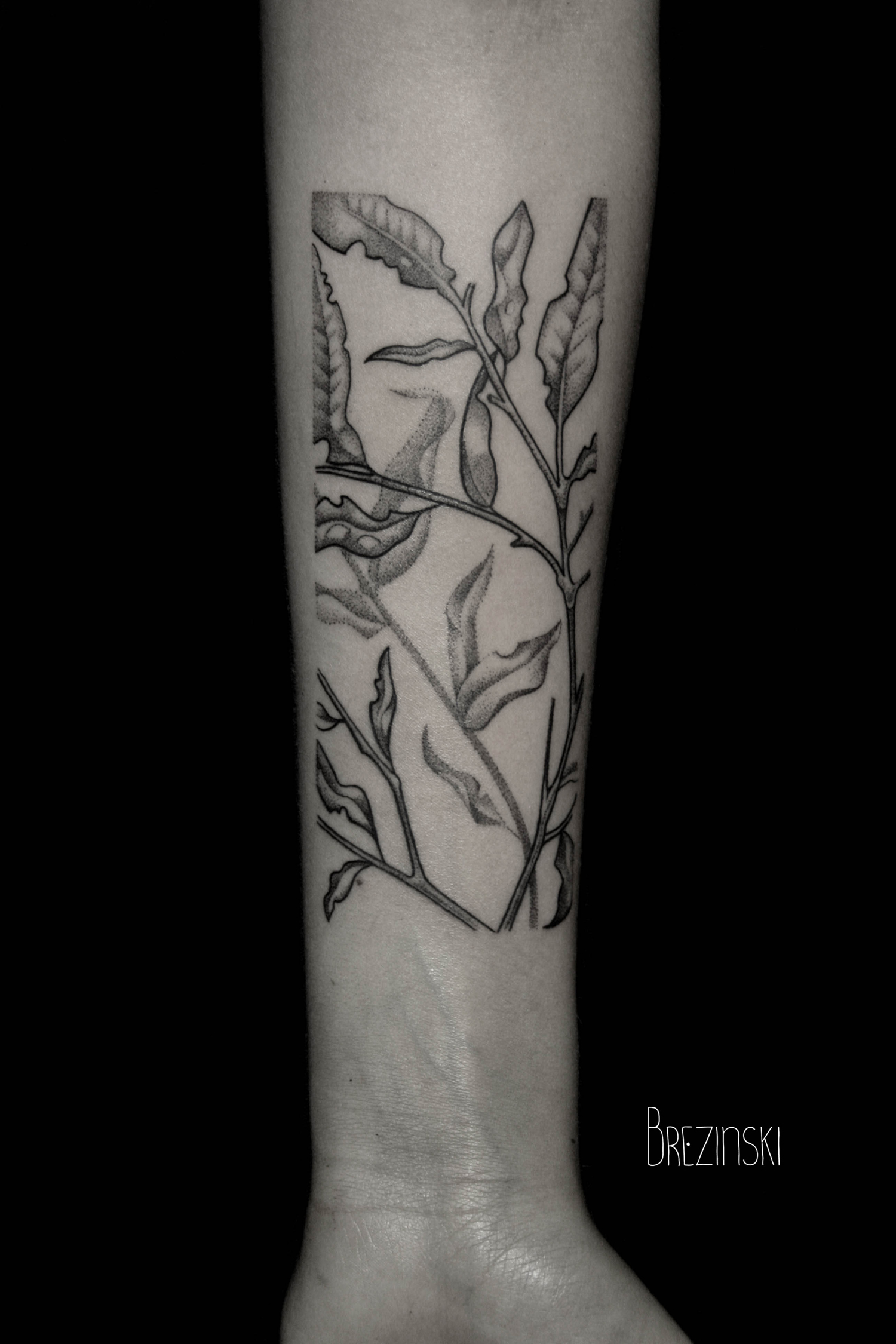
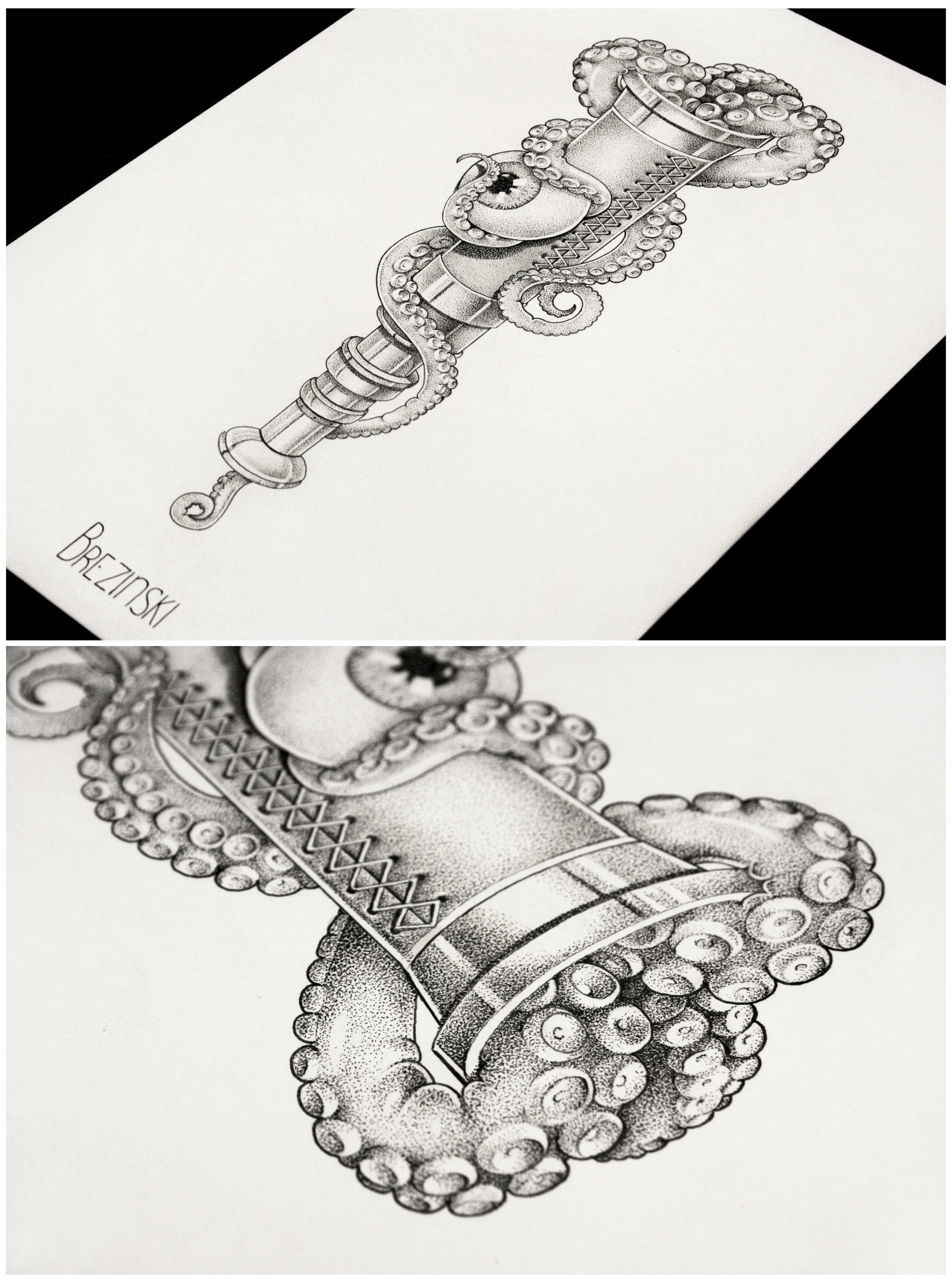

Atypical by Pawel Nolbert
Well-known digital artist and graphic designer from Warsaw - Pawel Nolbert presents a series of posters exploring form and rhytm of letters or pseudo-letters presented as half-realistic, half-illustrative figurative sculptures. The artworks were built from an elaborate artistic painterly gestures into expressive arrangements – extending the aesthetic characteristic of typography.
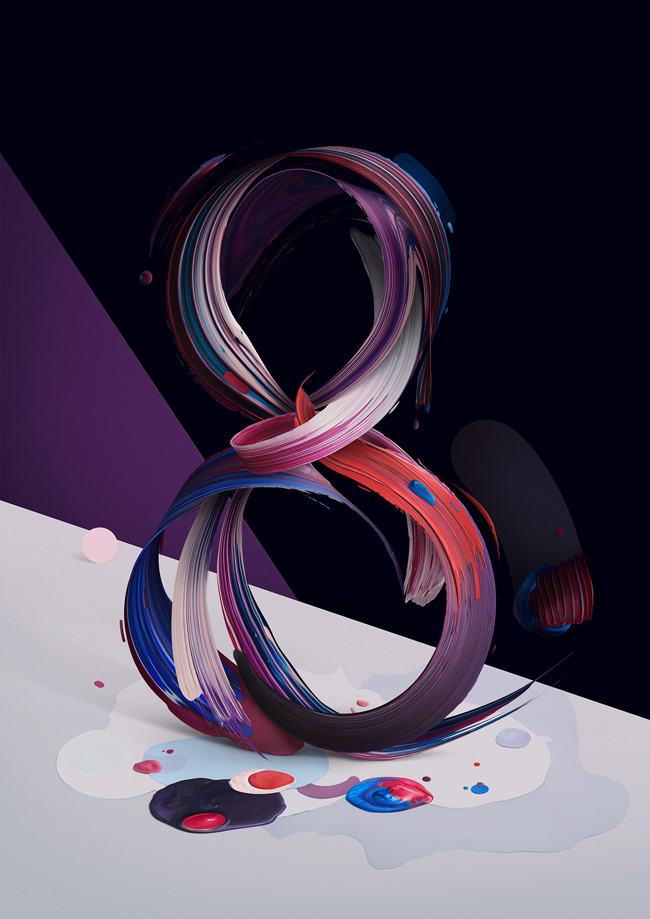
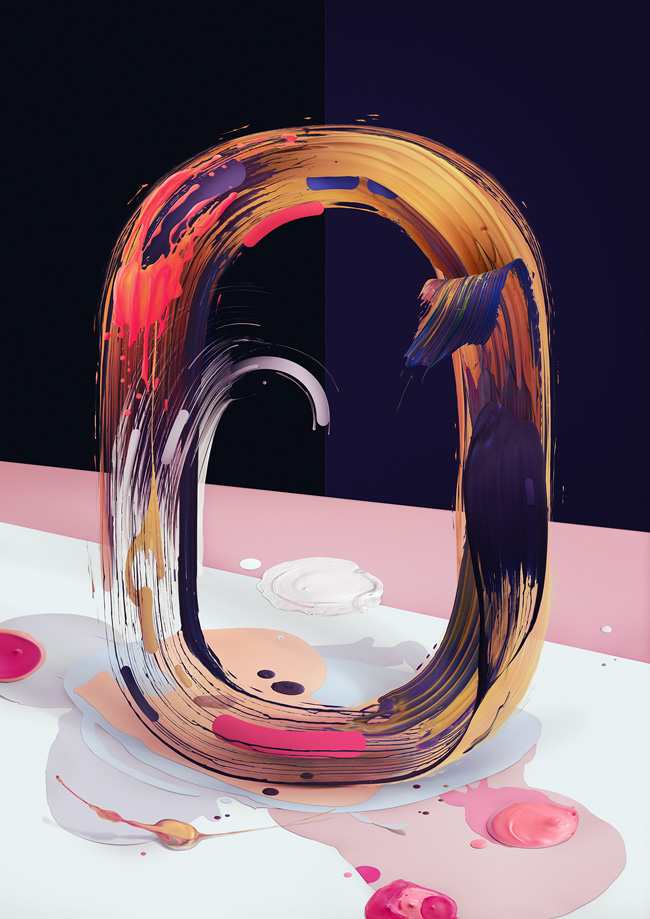
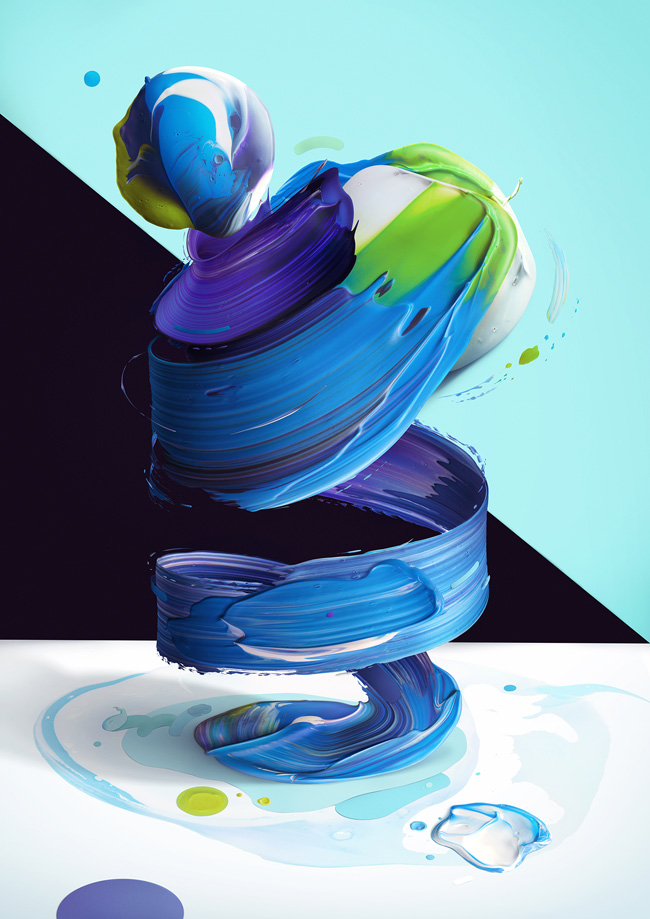
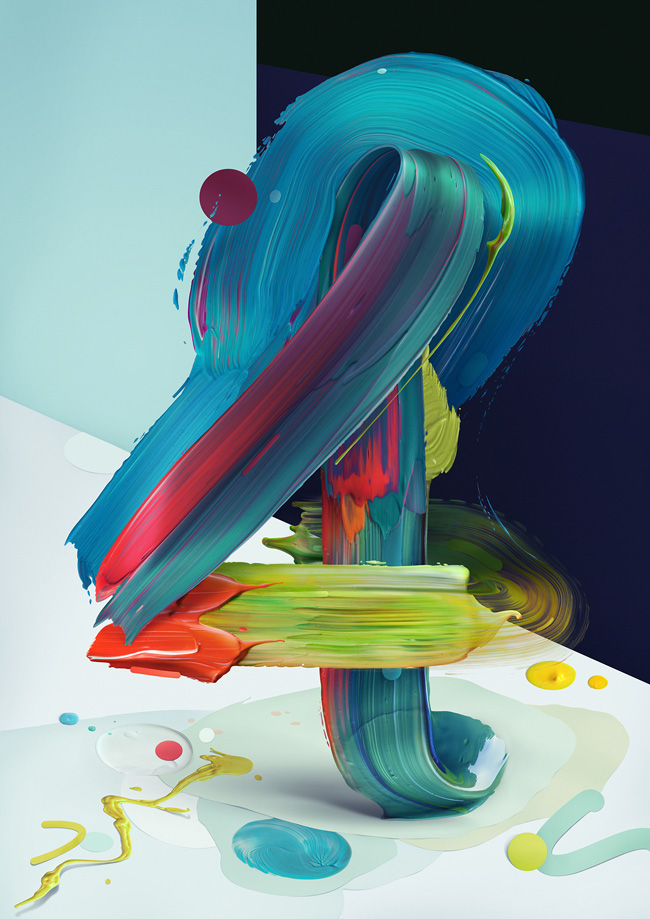
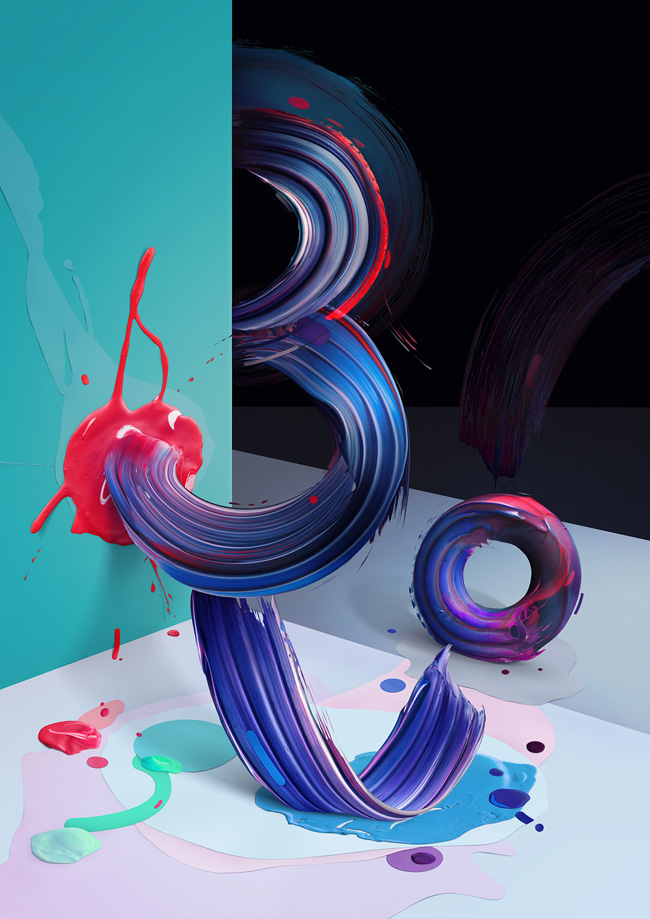
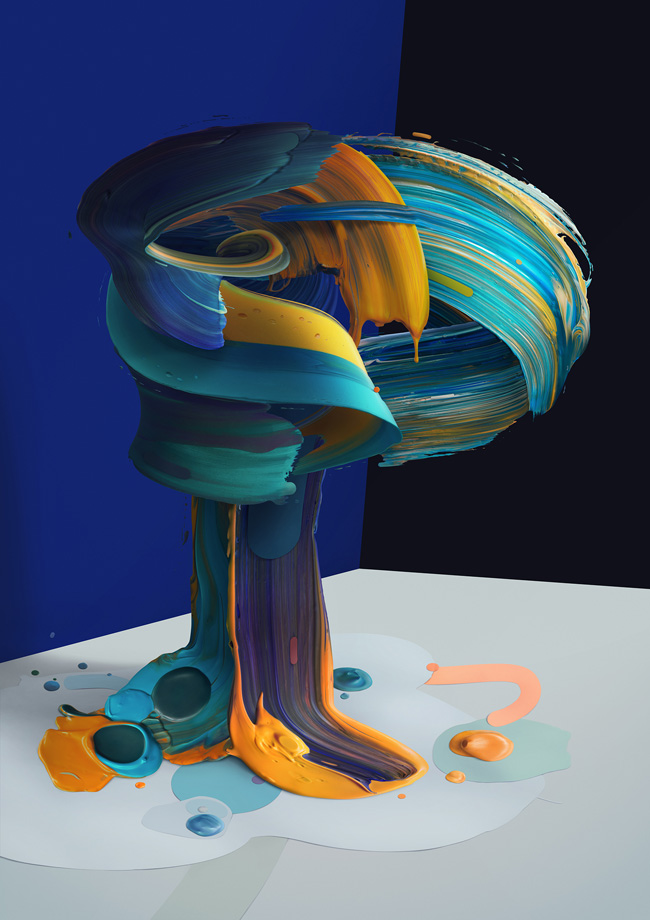
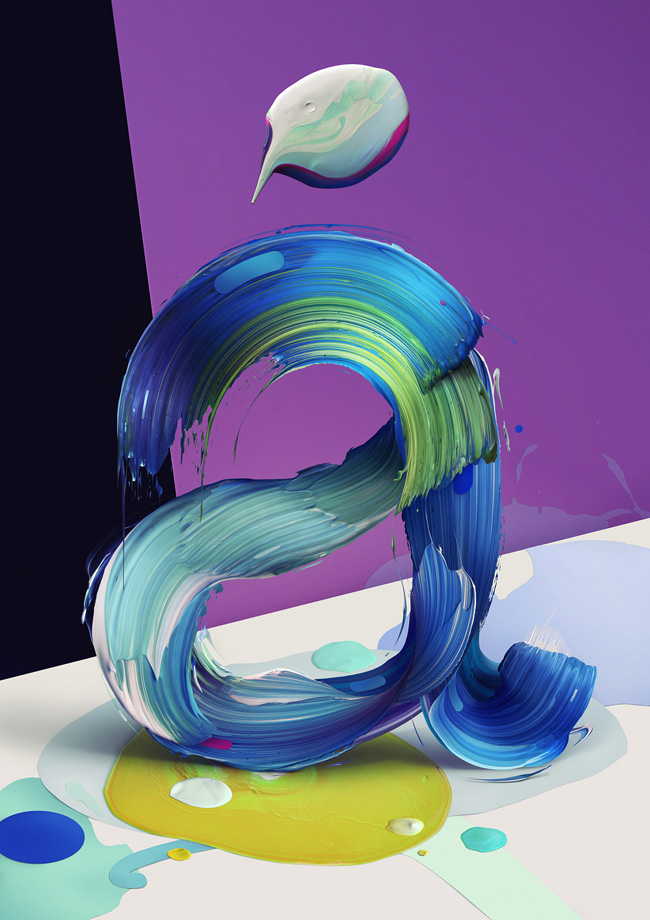
The Digital Decade 2: Application extended
Graphic design contest organized by Designcollector + OFFFSPB + Depositphotos. Application Deadline extended till 20.06 Apply now!
Read MoreGoogle Street Art View
Earlier this week Google announced the launch of their Street Art Project, a new initiative to document and preserve the often transient nature of street art




Instant Life by Florian Beaudenon
Paris-based fashion and editorial photographer beside commercial shots shares his conceptual series. Check “Instant Life” – the “unbearable lightness of being” shot from above
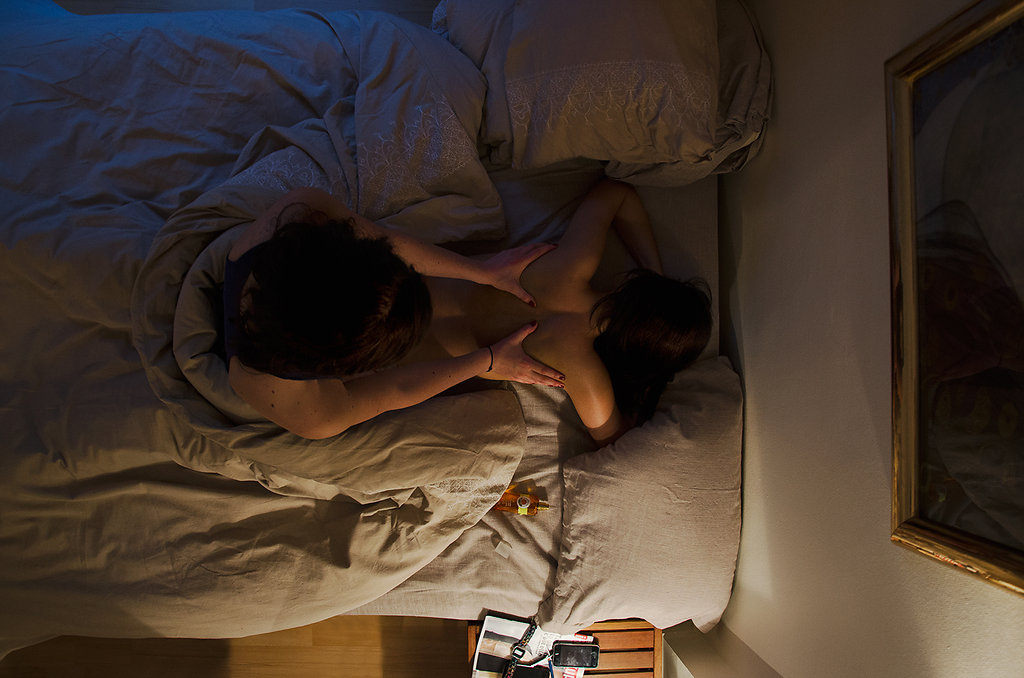
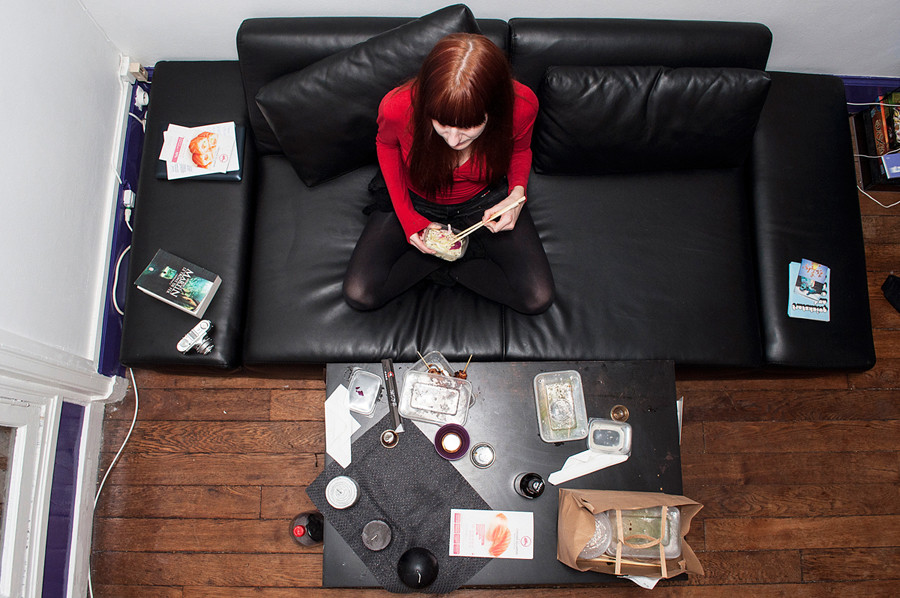
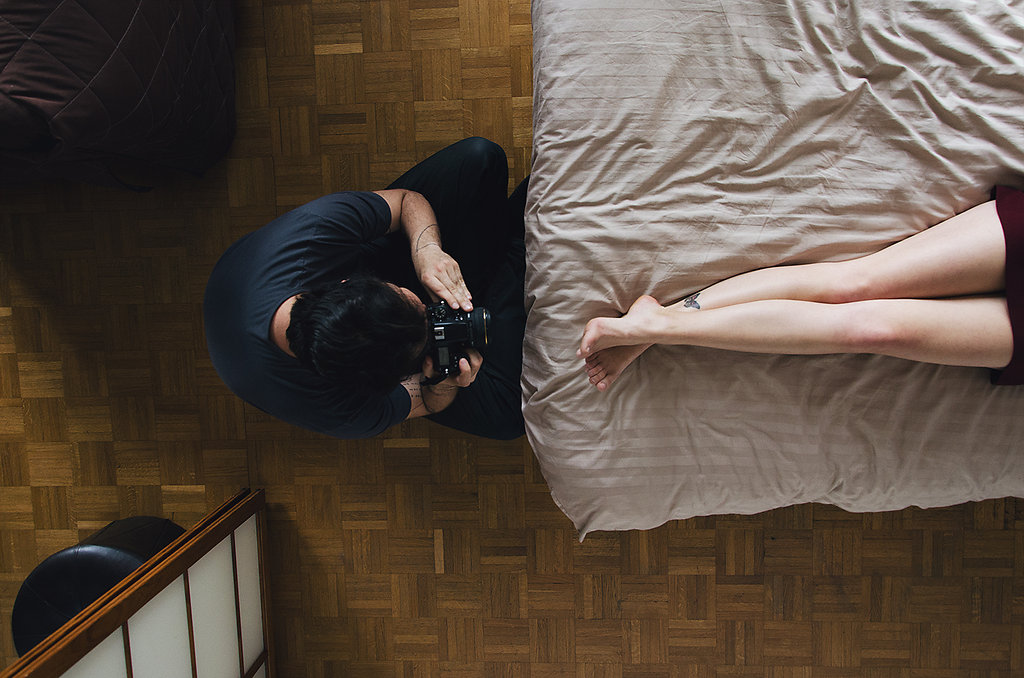
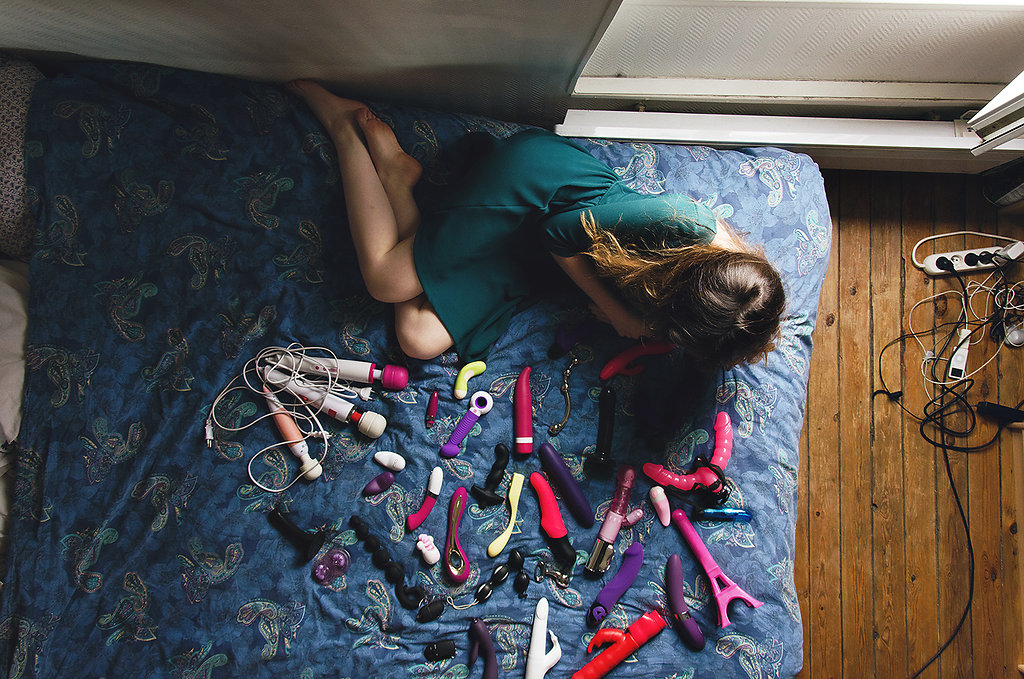
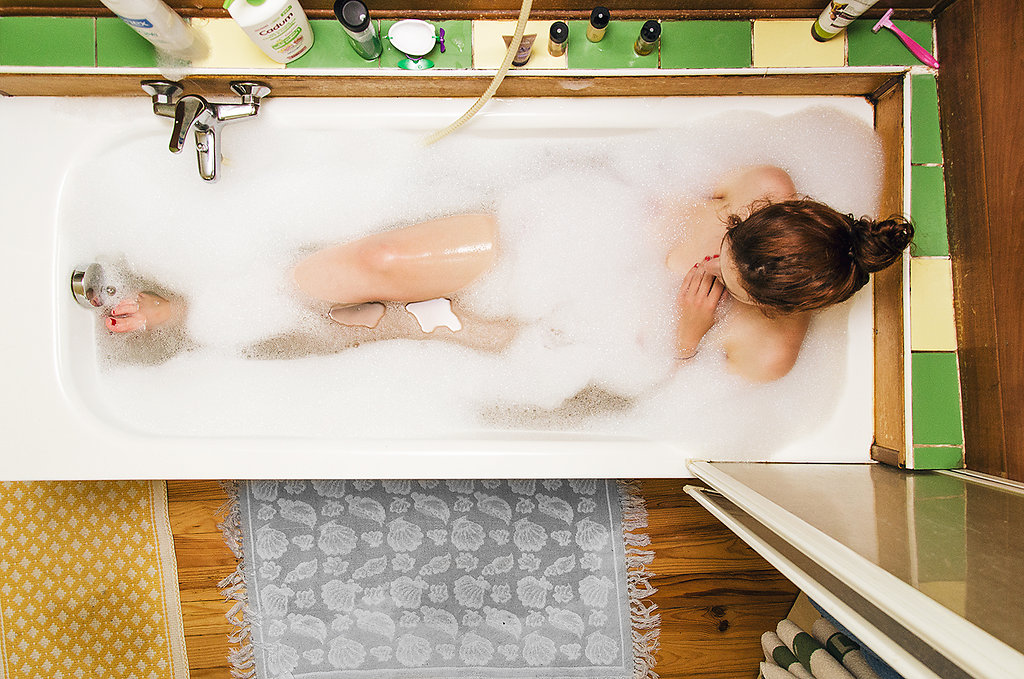
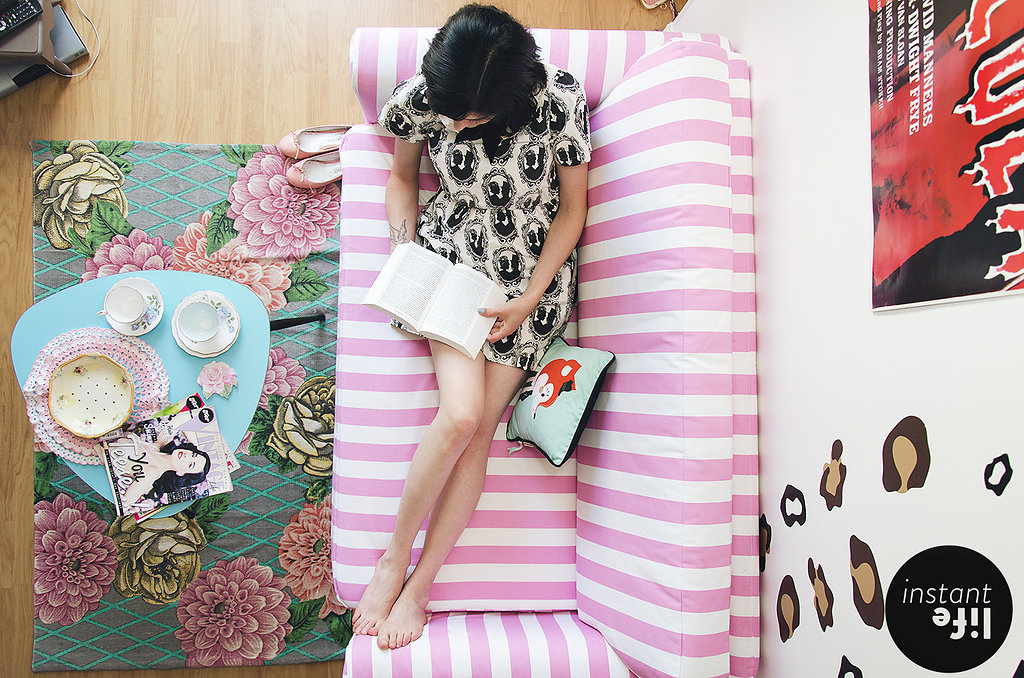
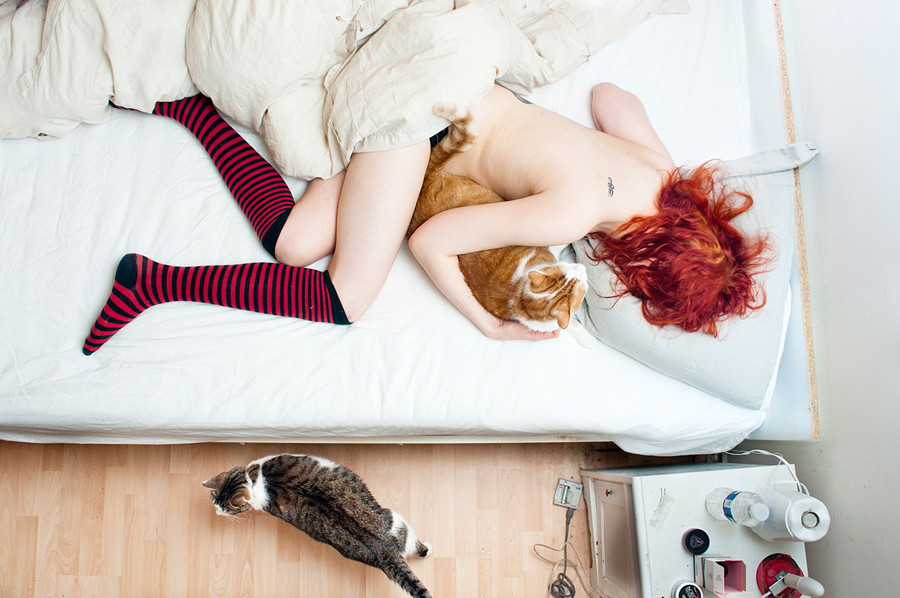
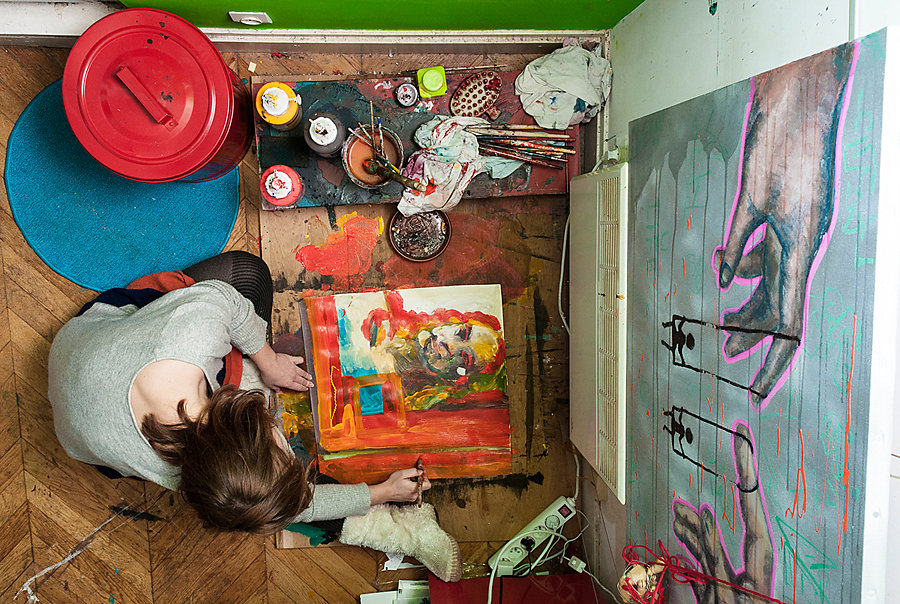
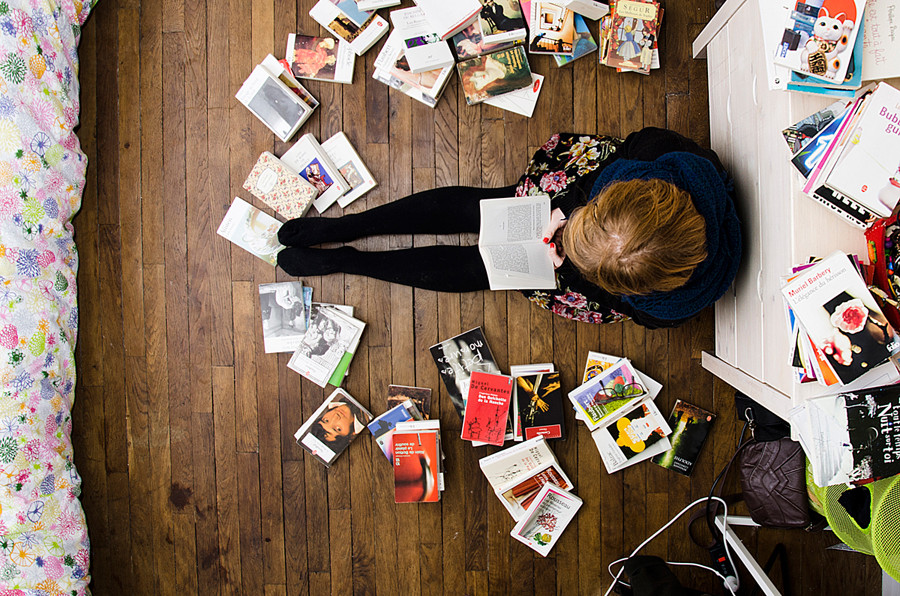
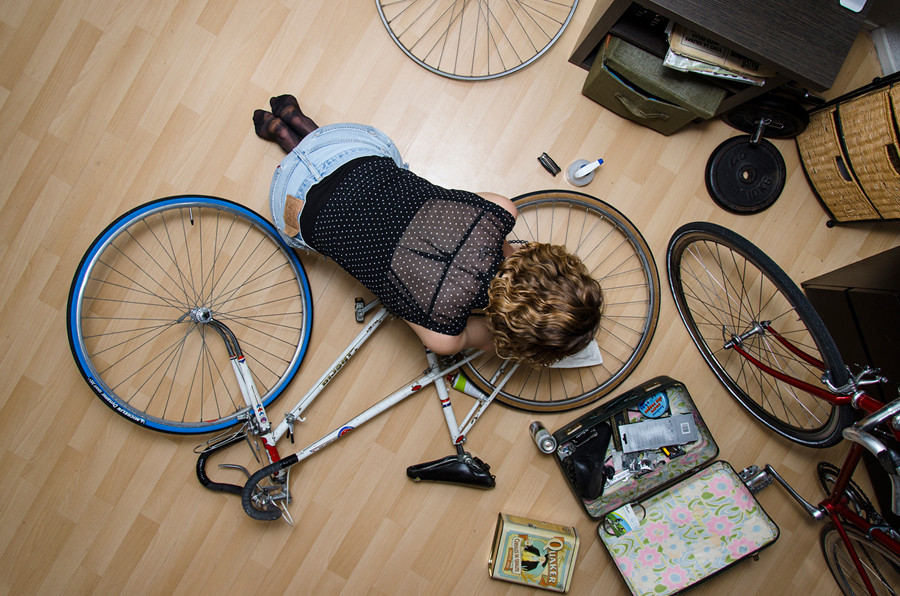
"Somewhere Else" by Romain Trystram
“Somewhere else” is a new series of illustration from Romain Trystram that won our attention at Top 2013 projects last year.
